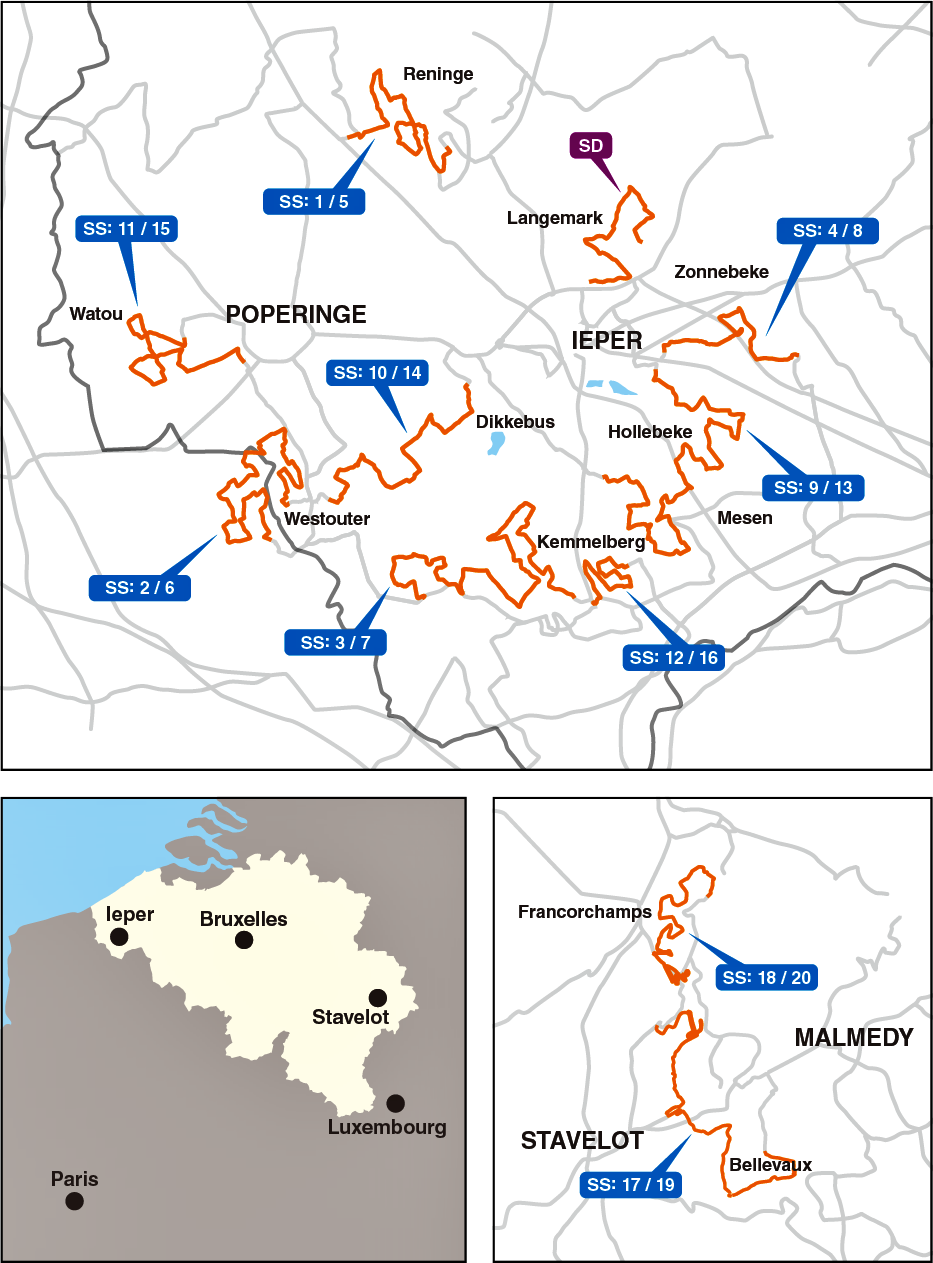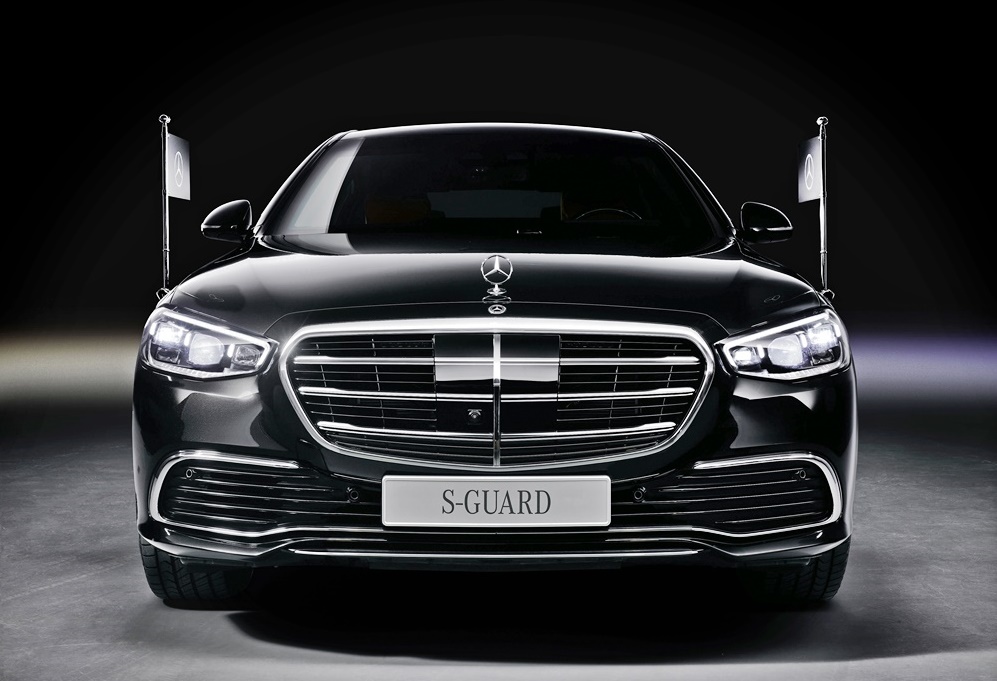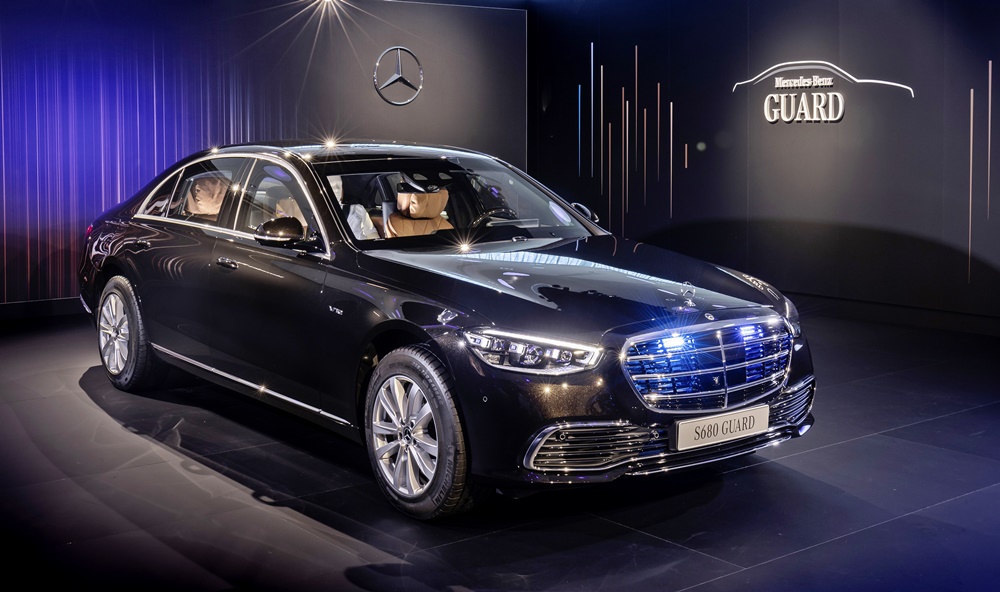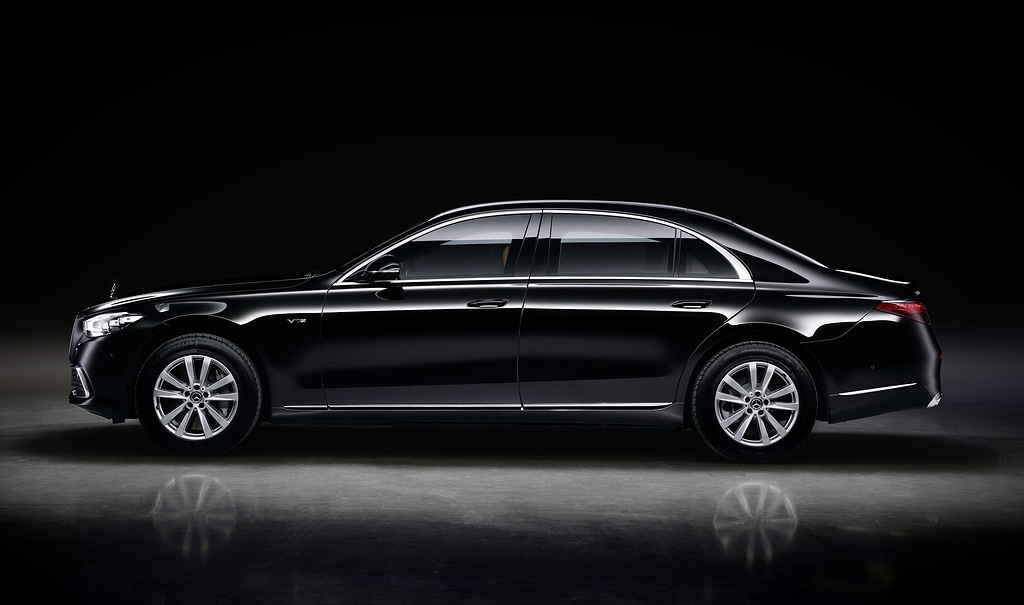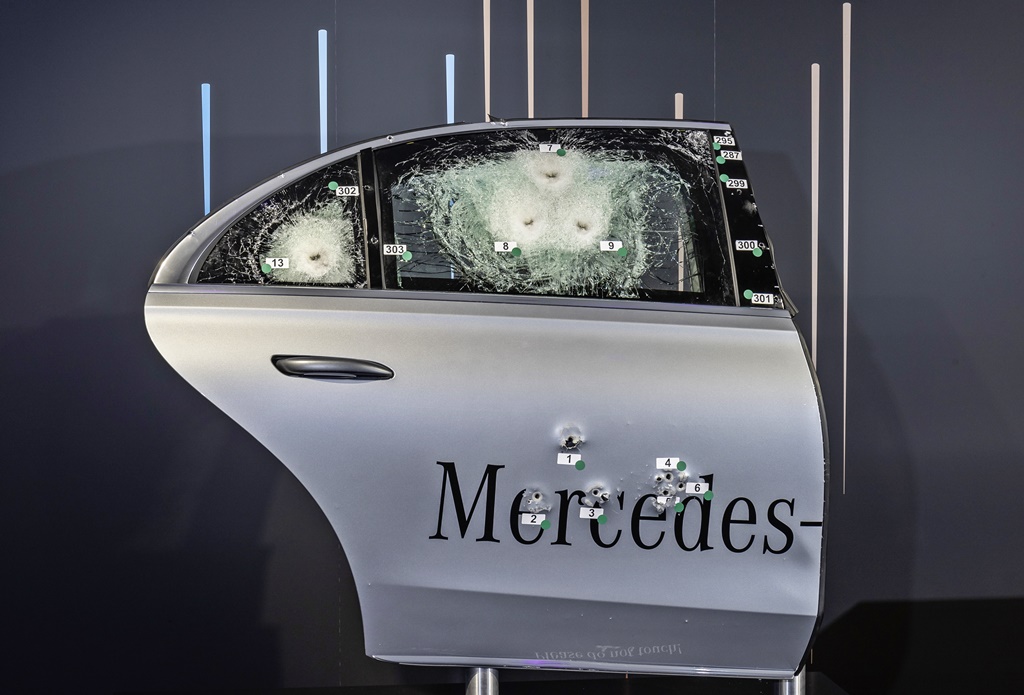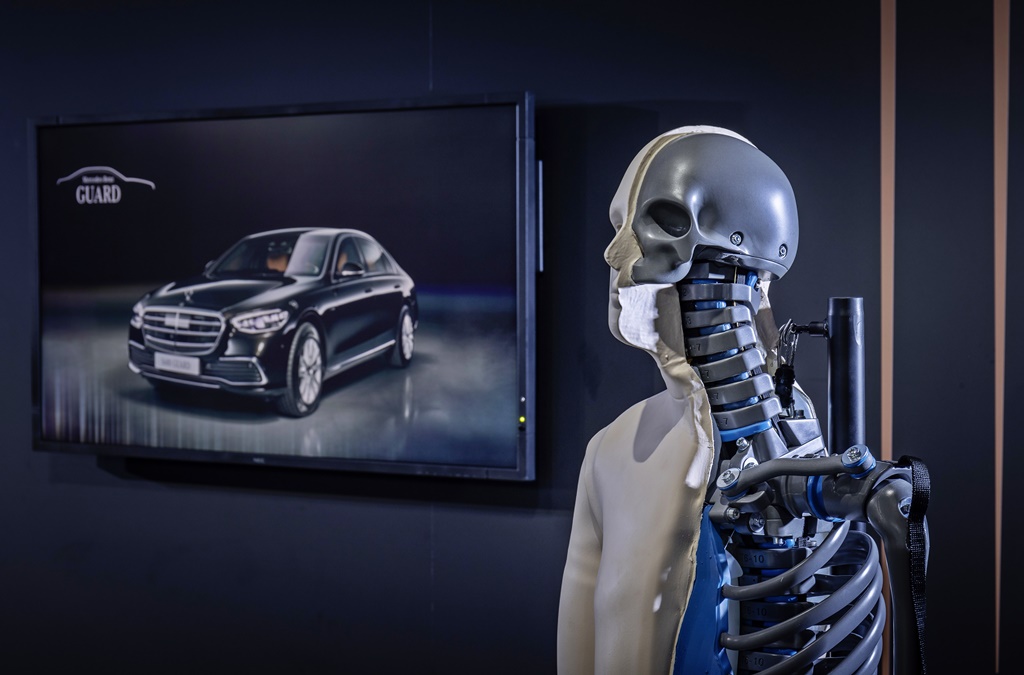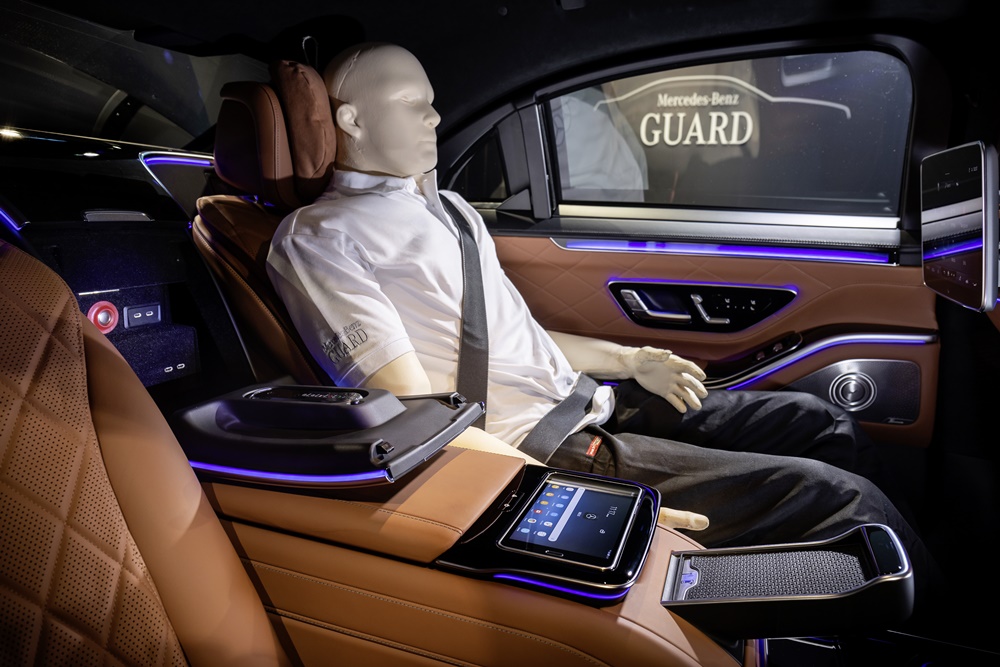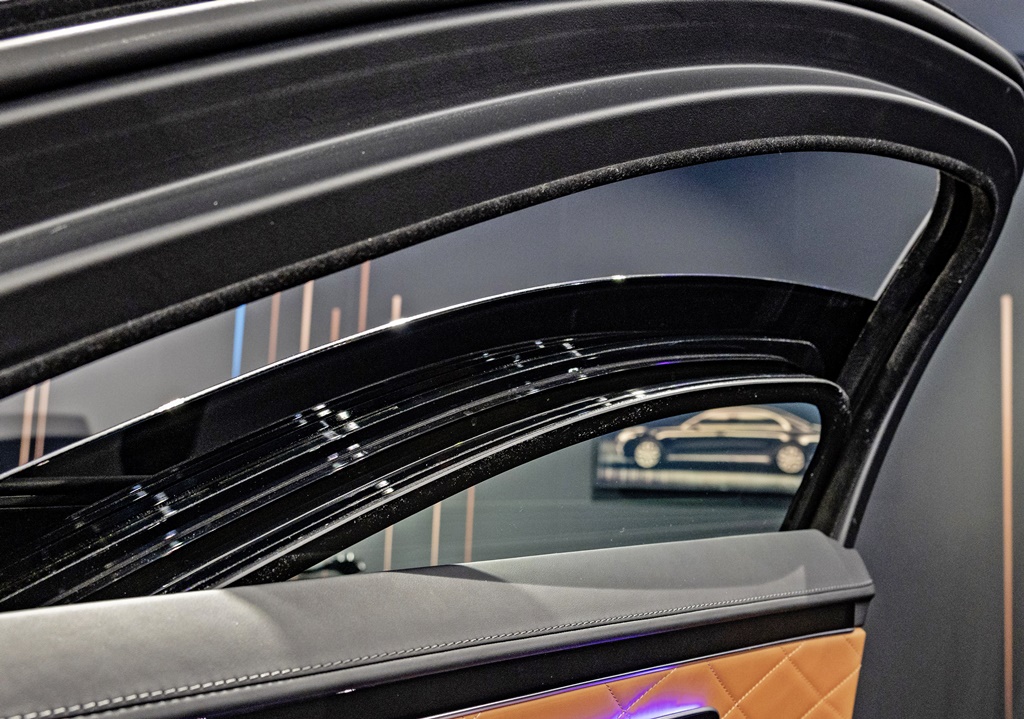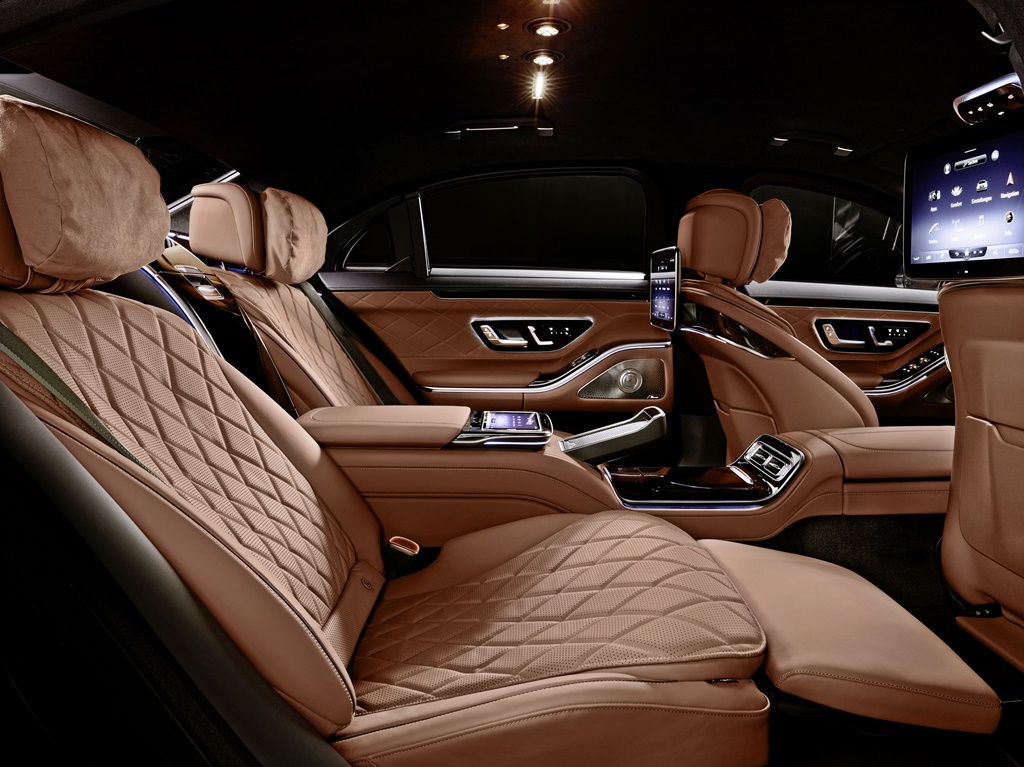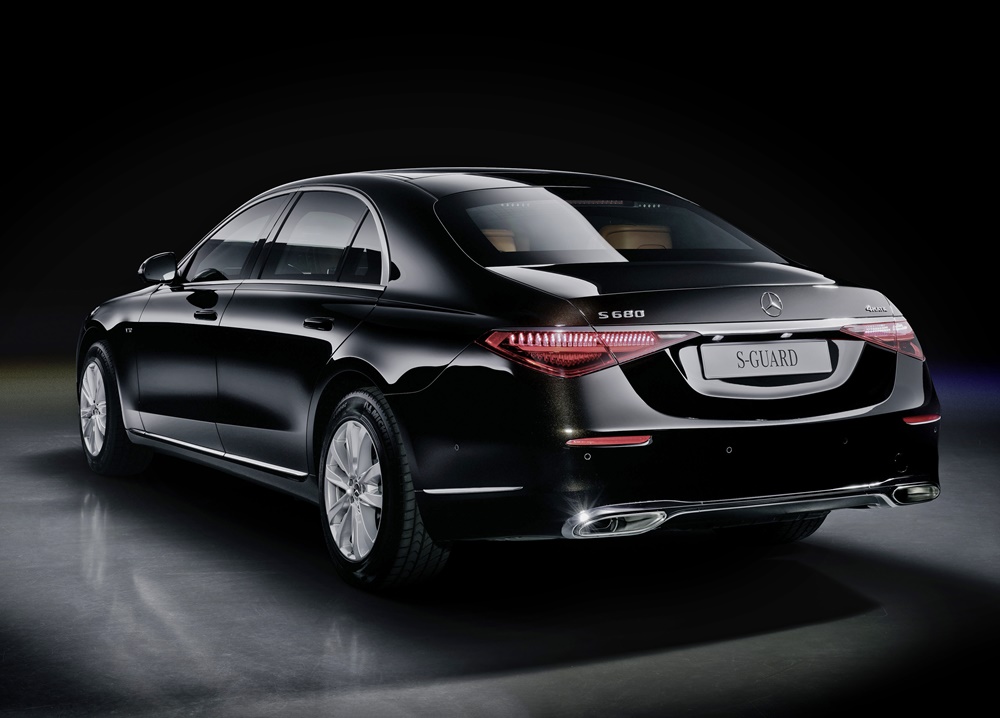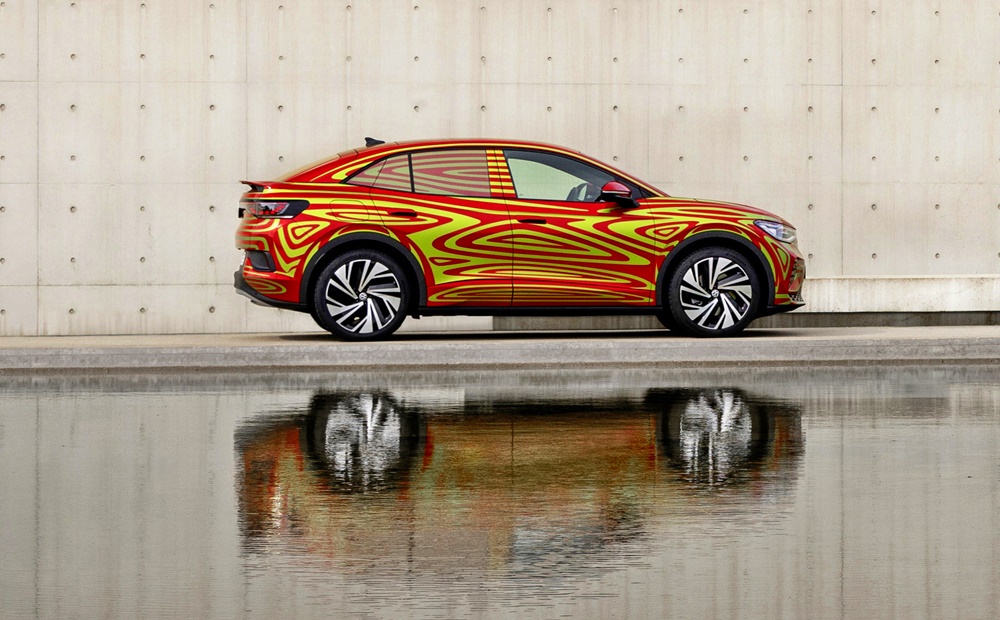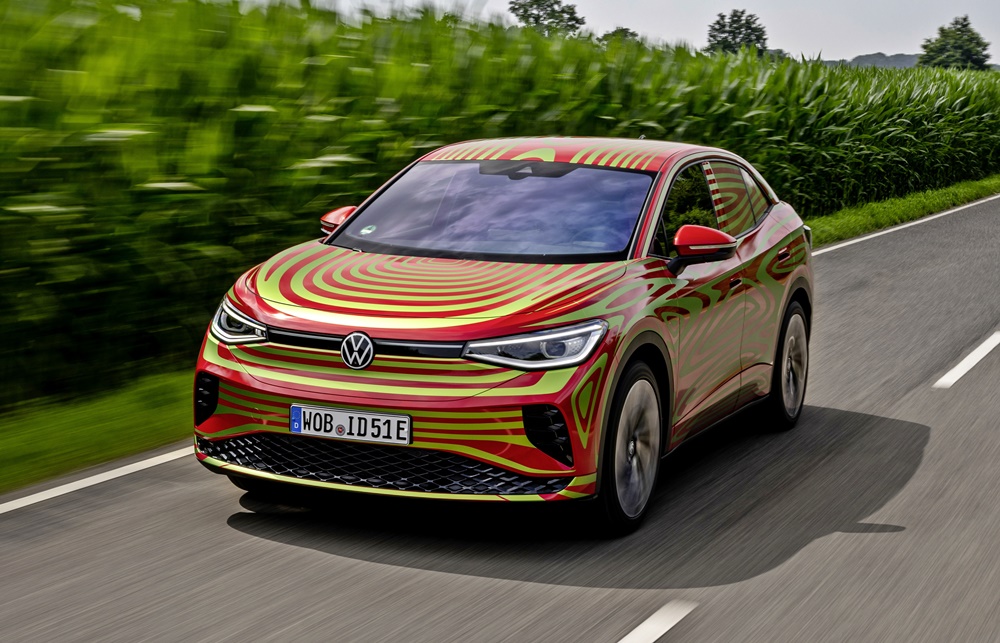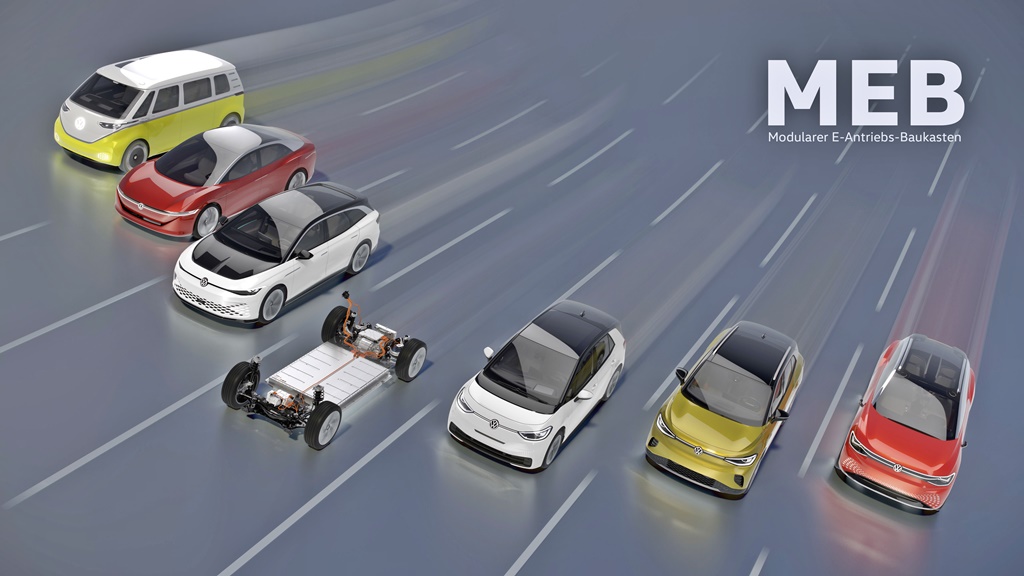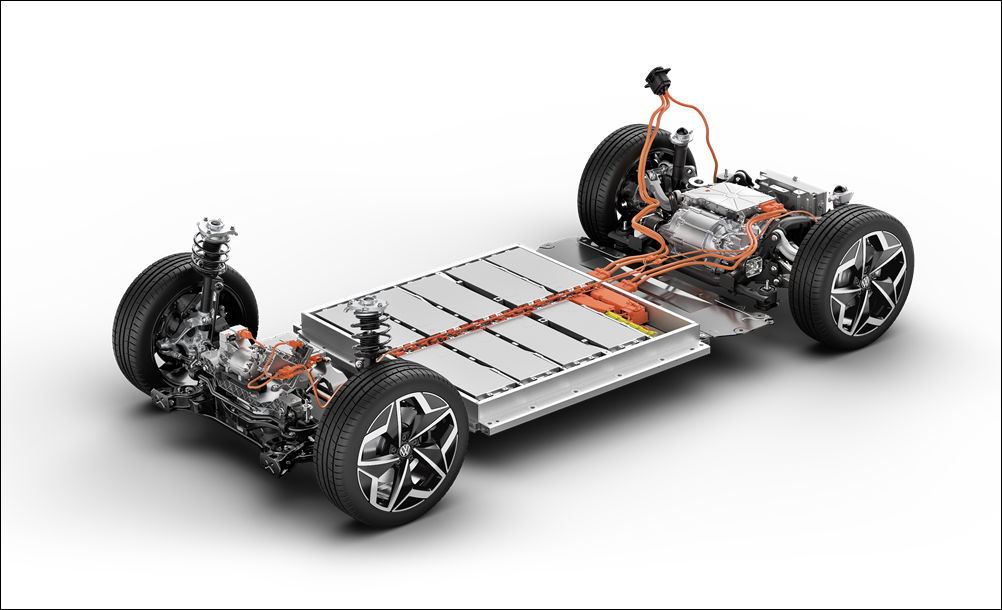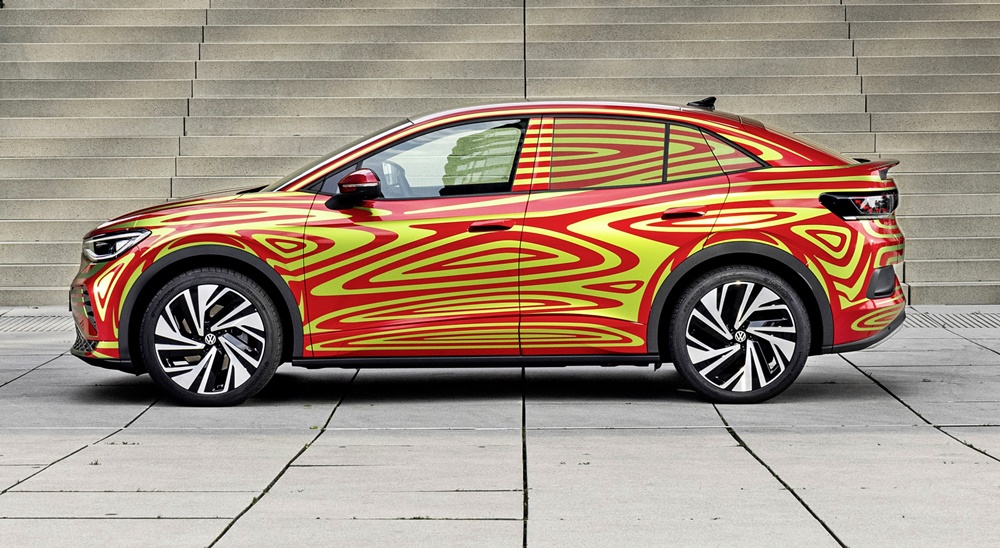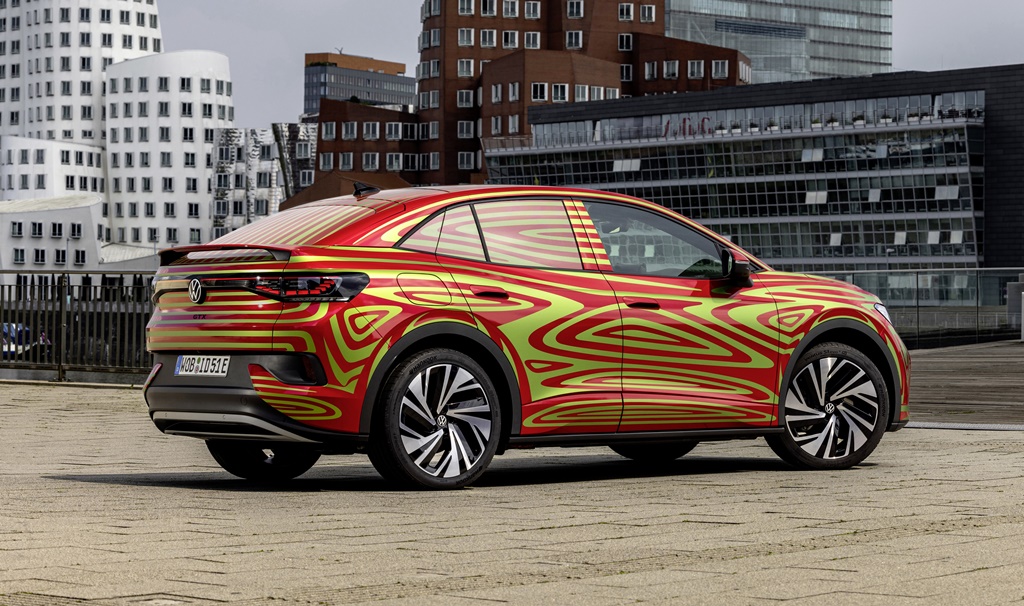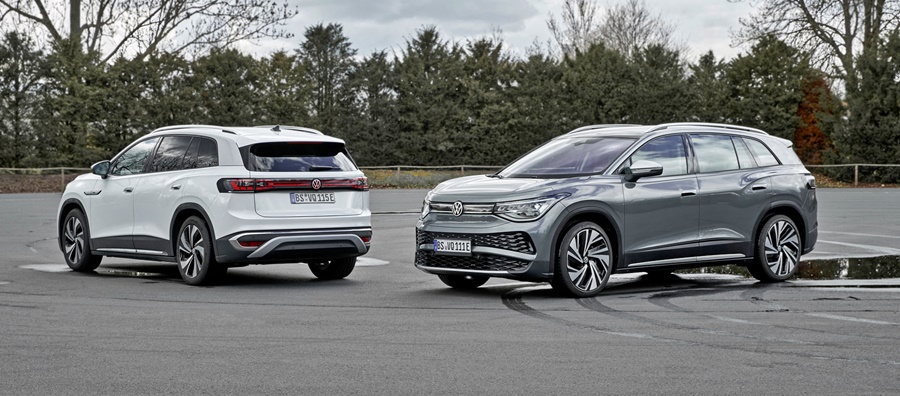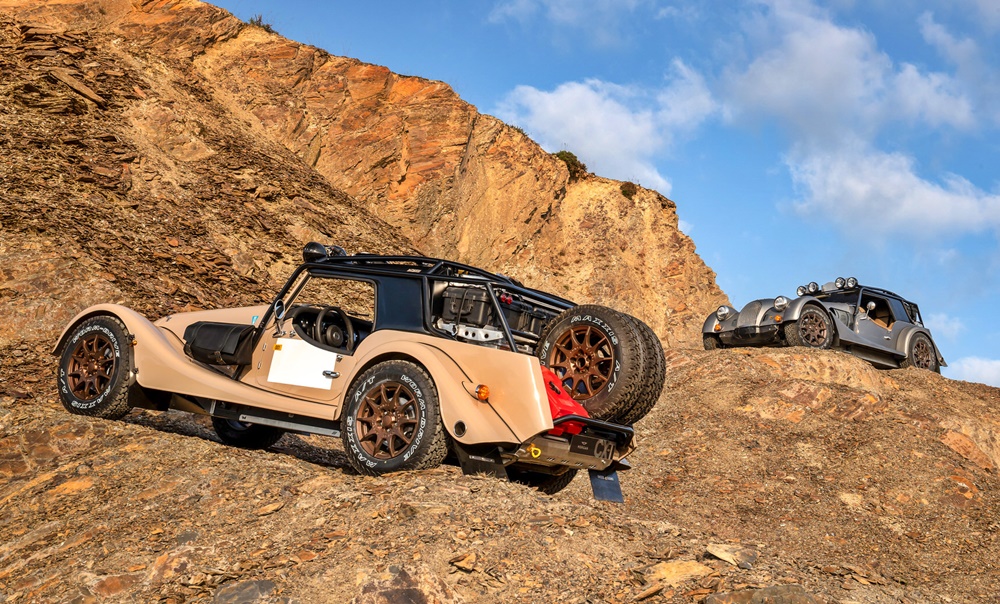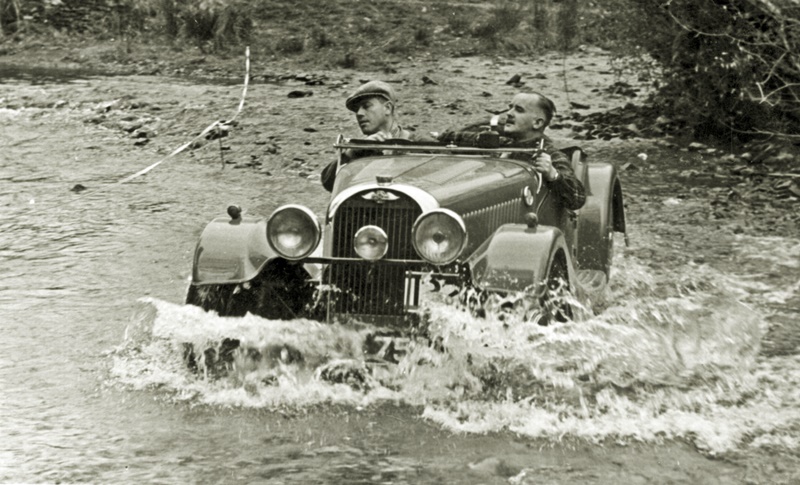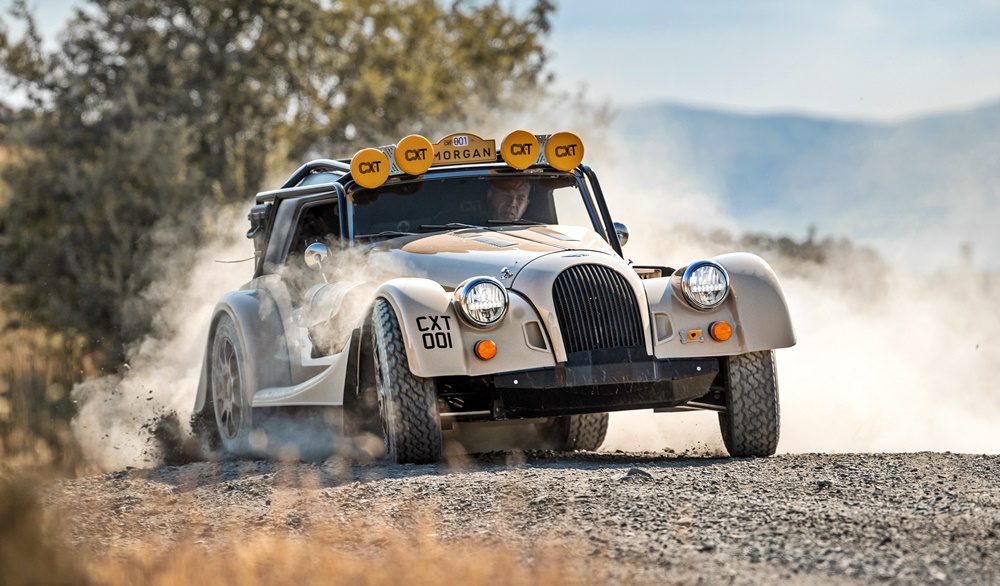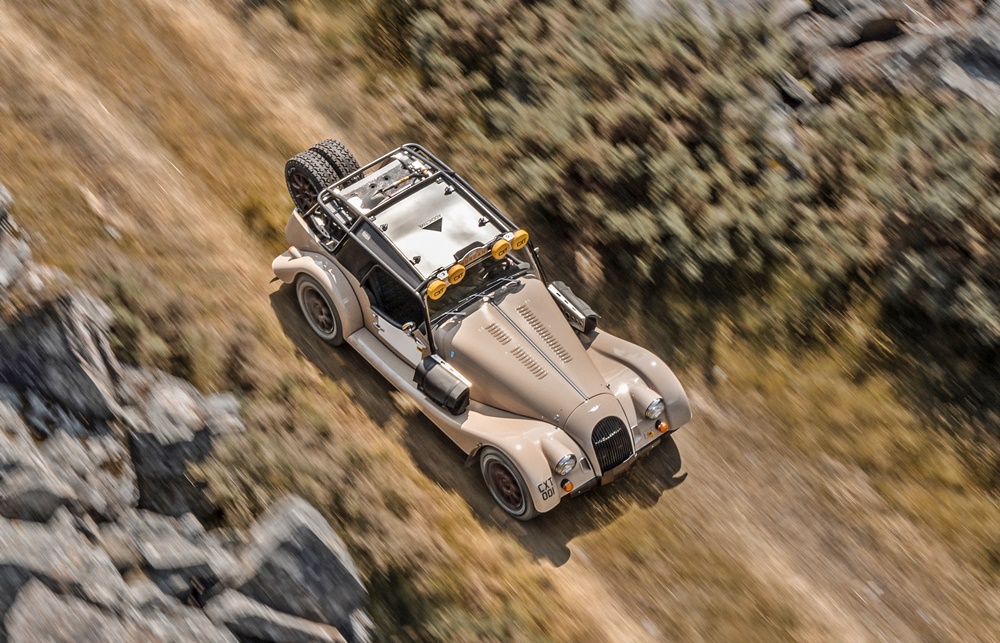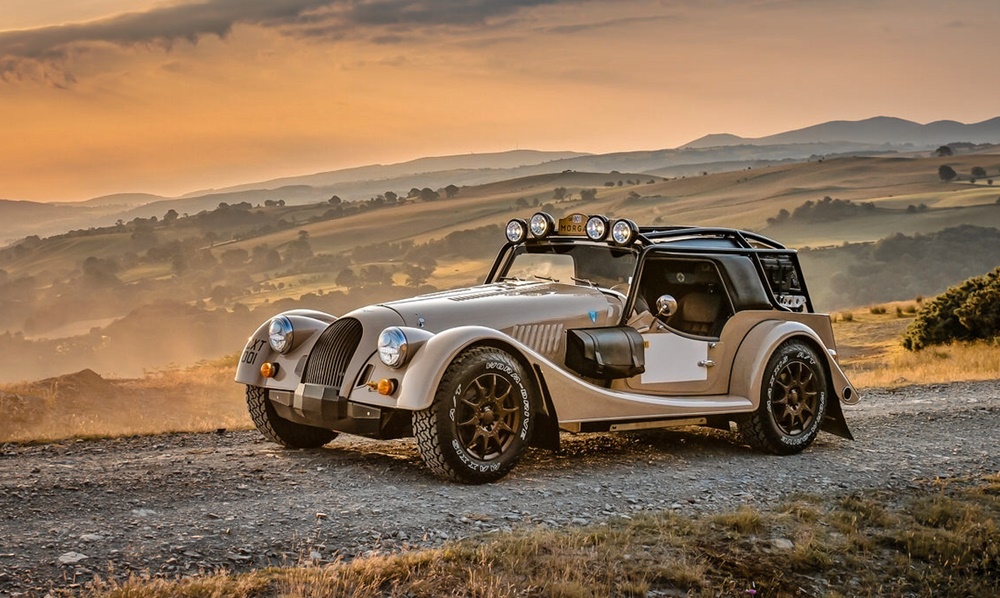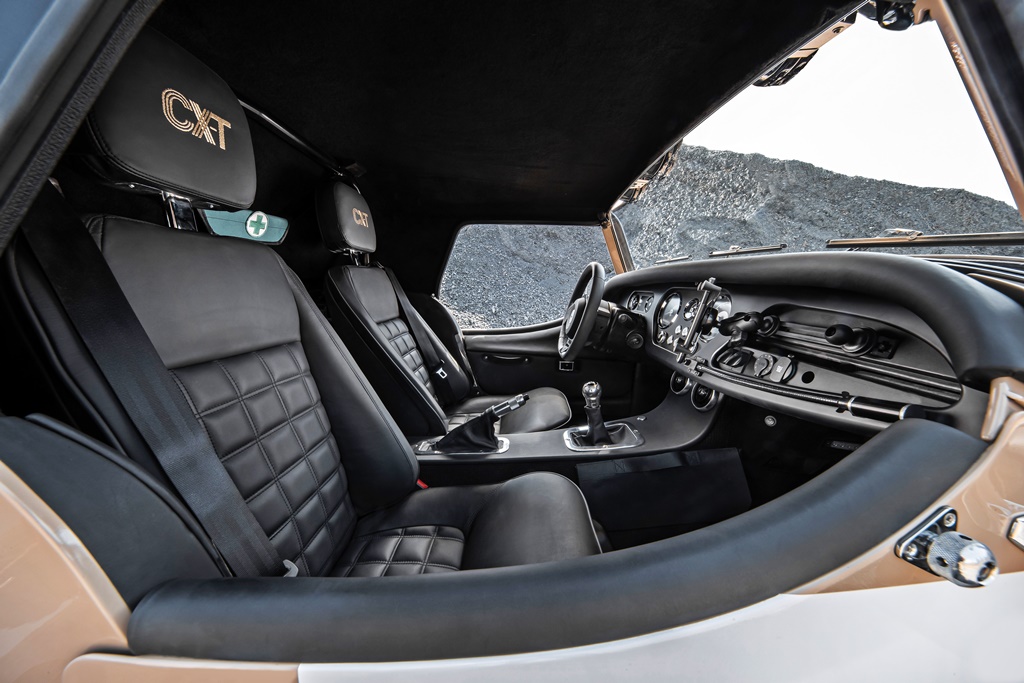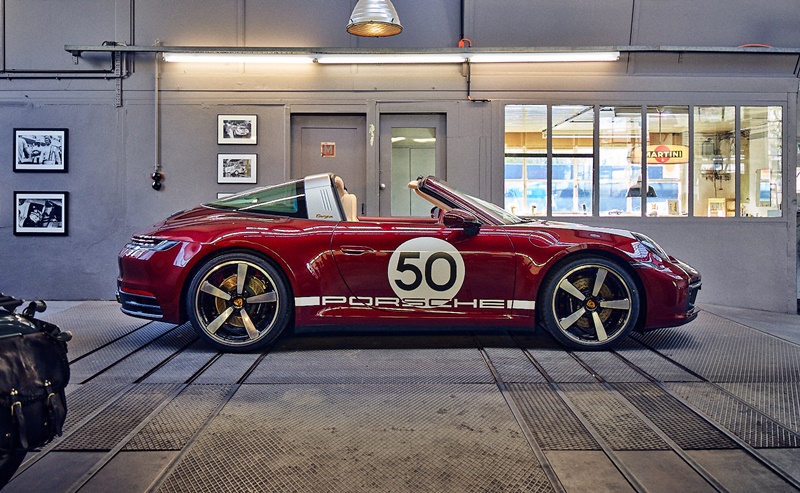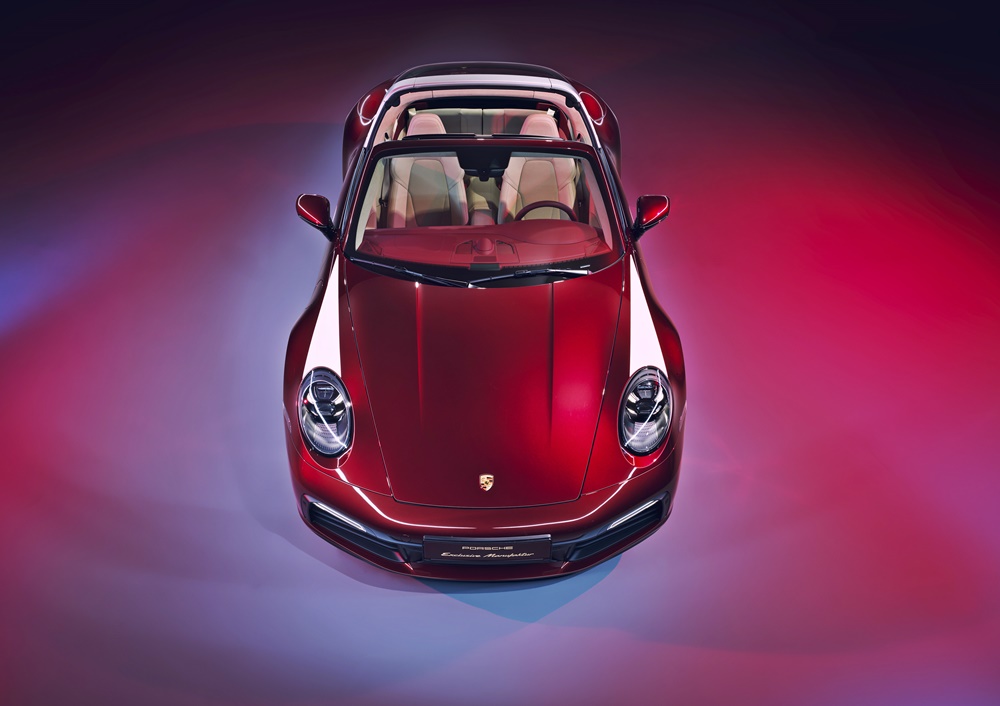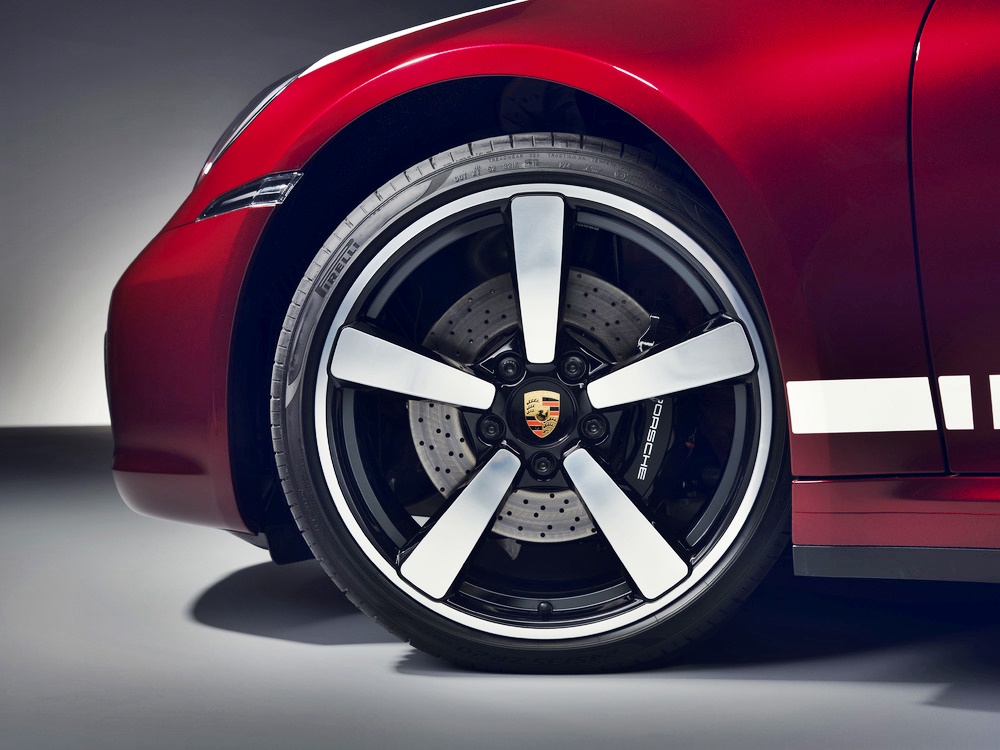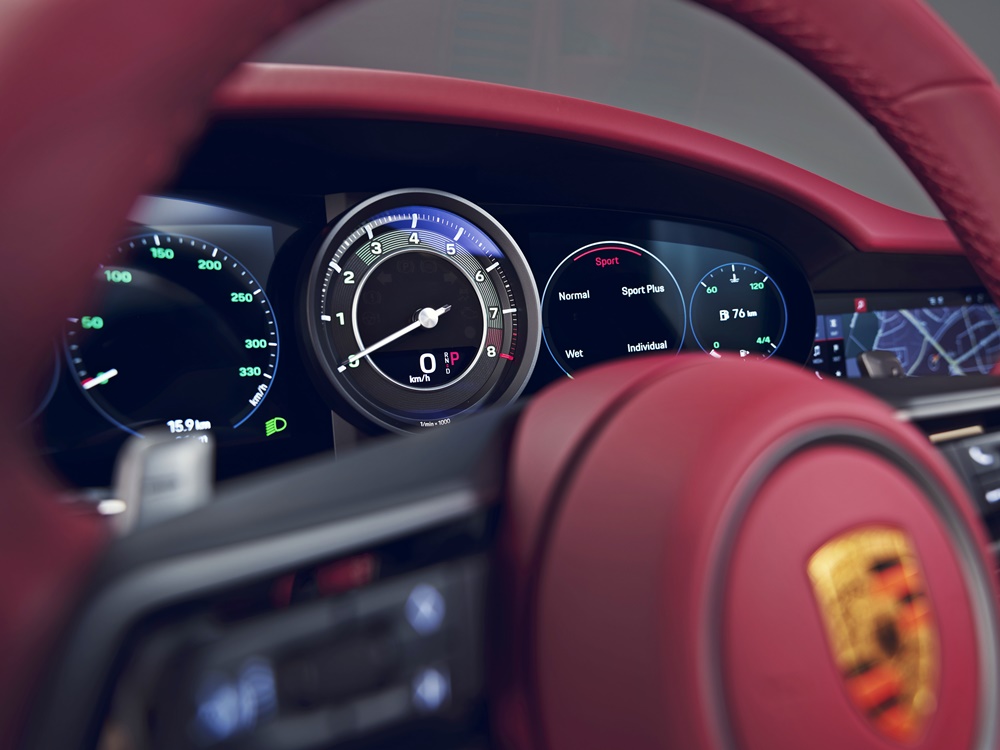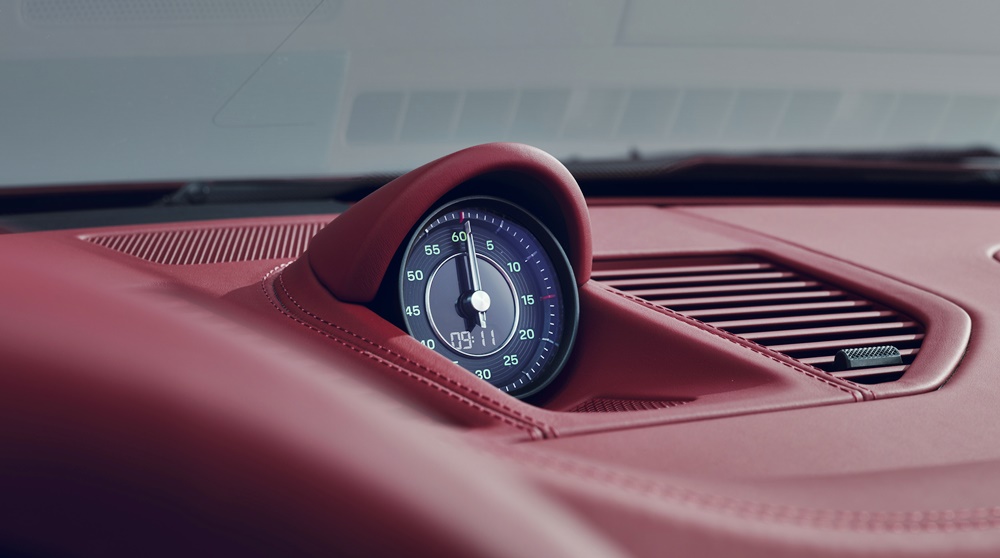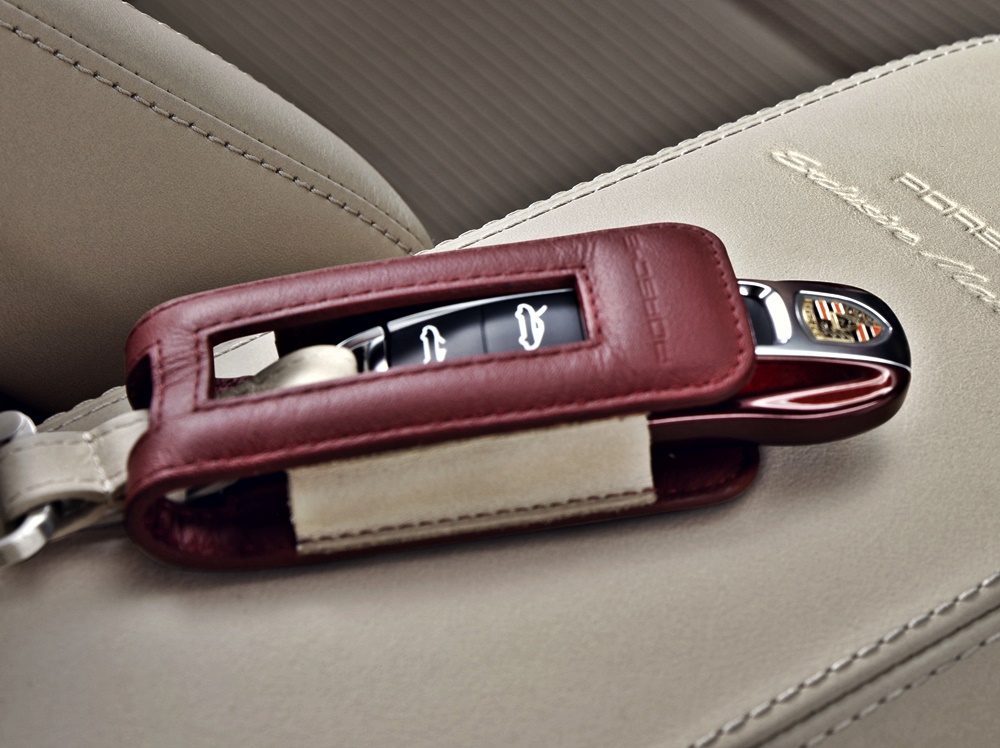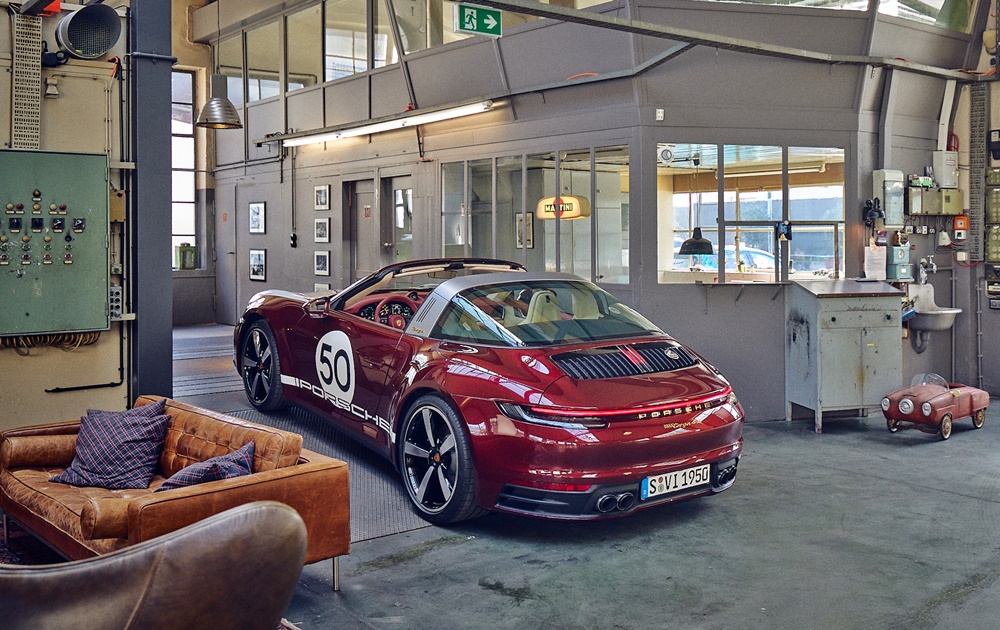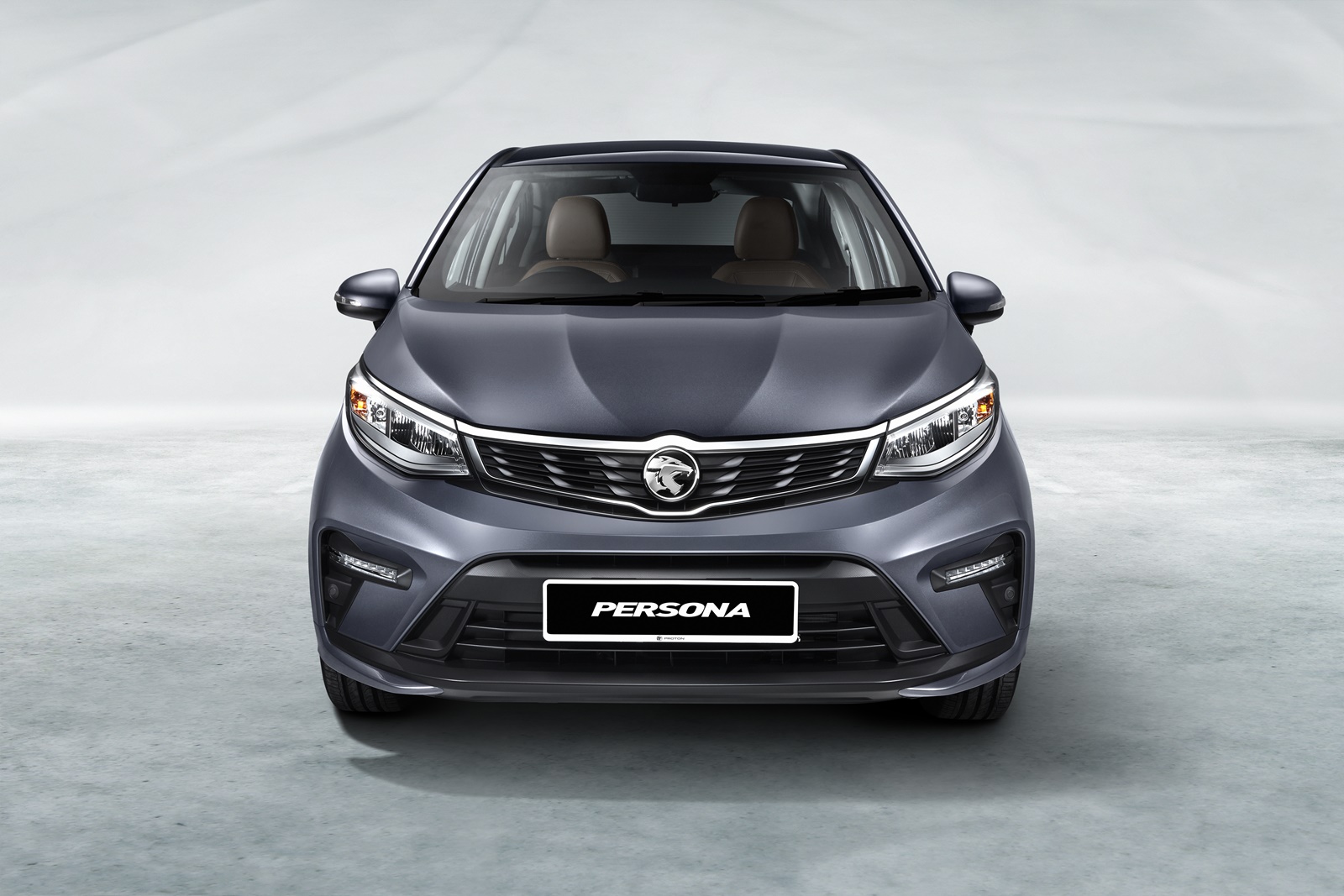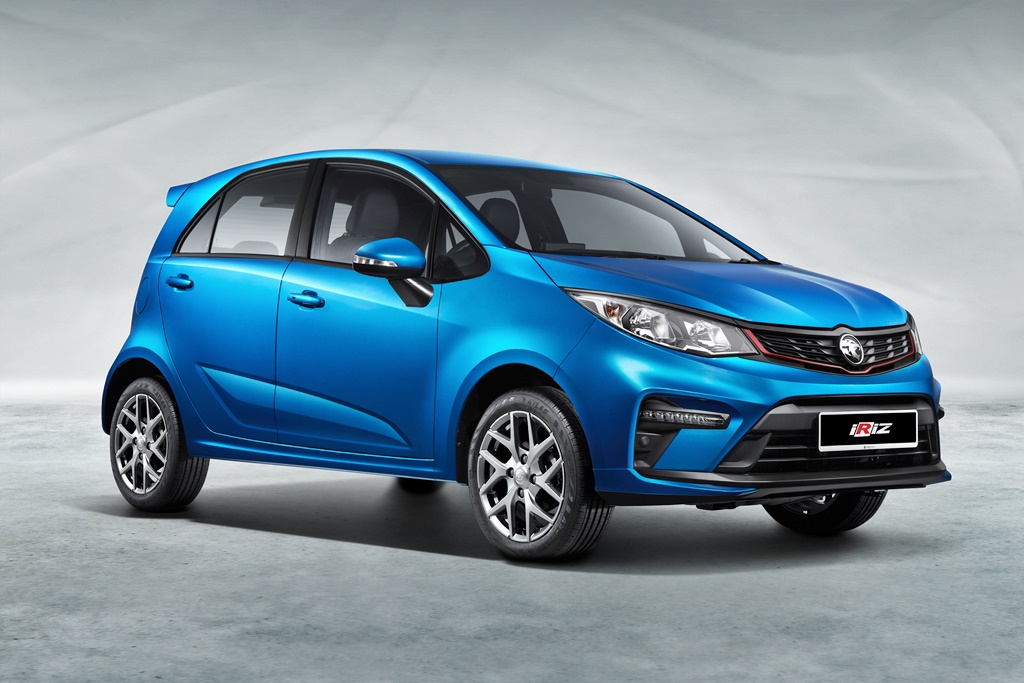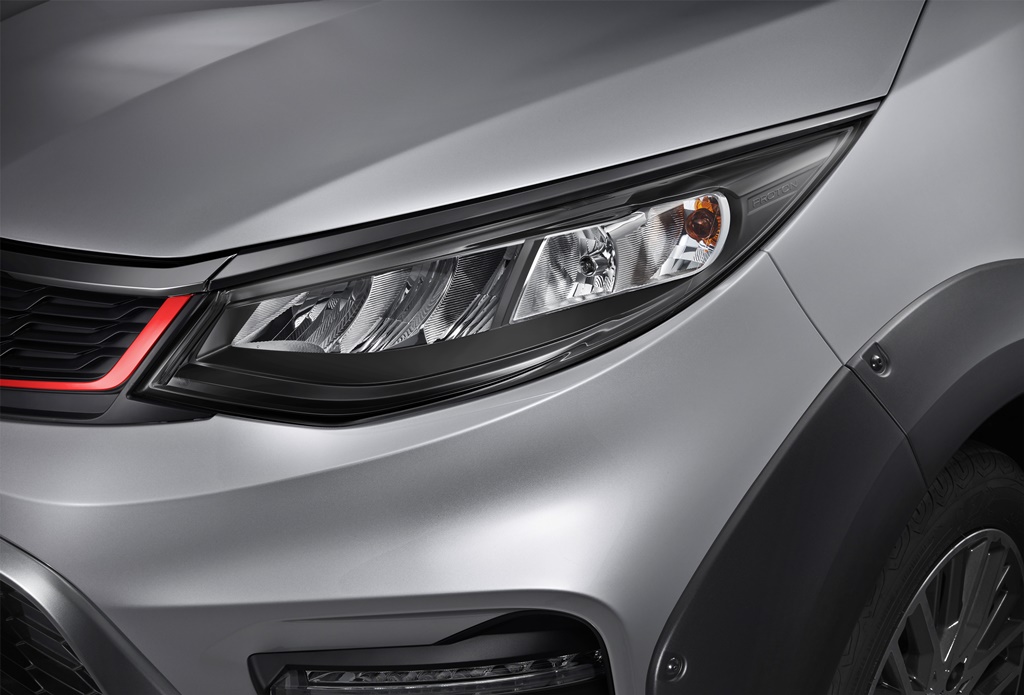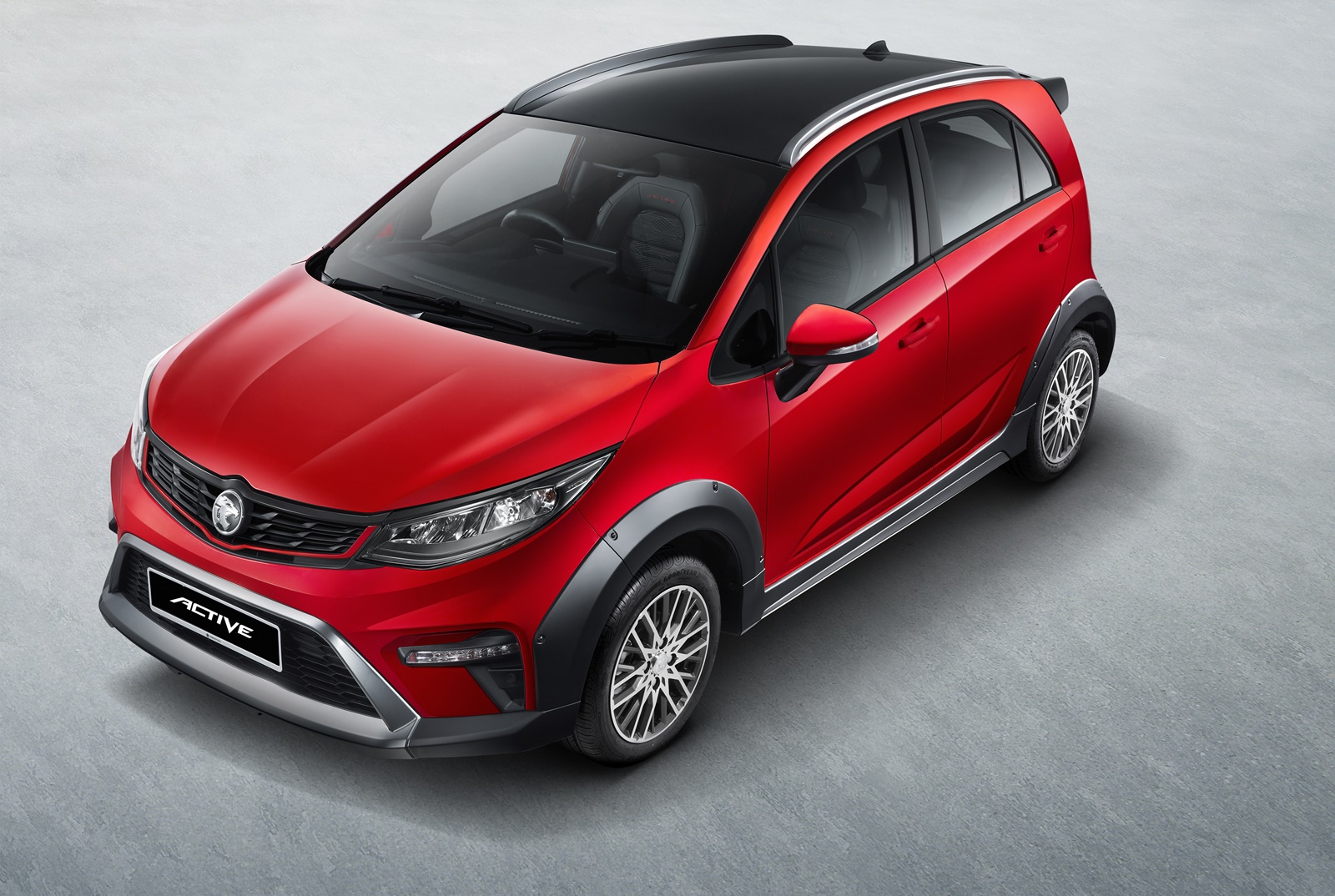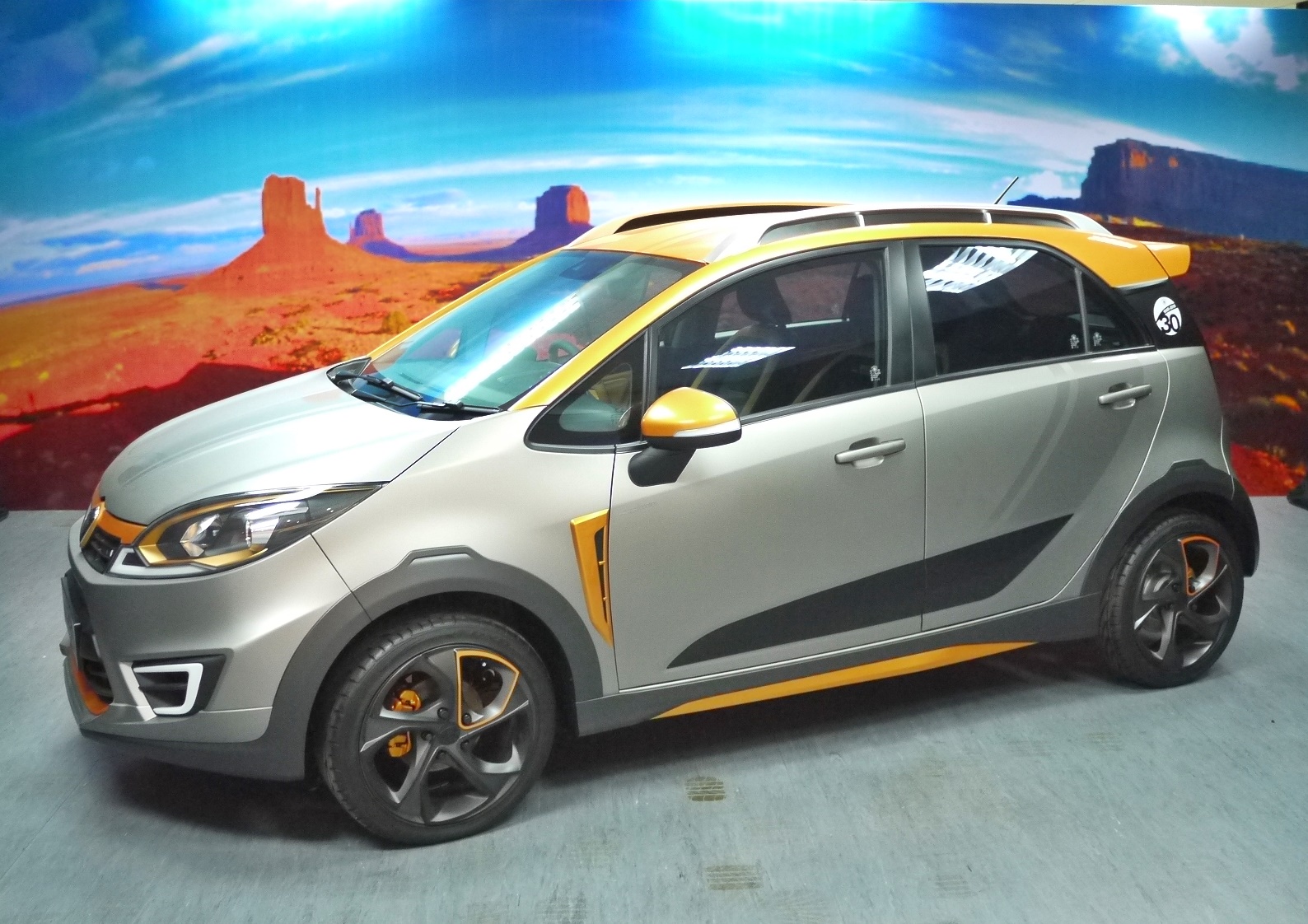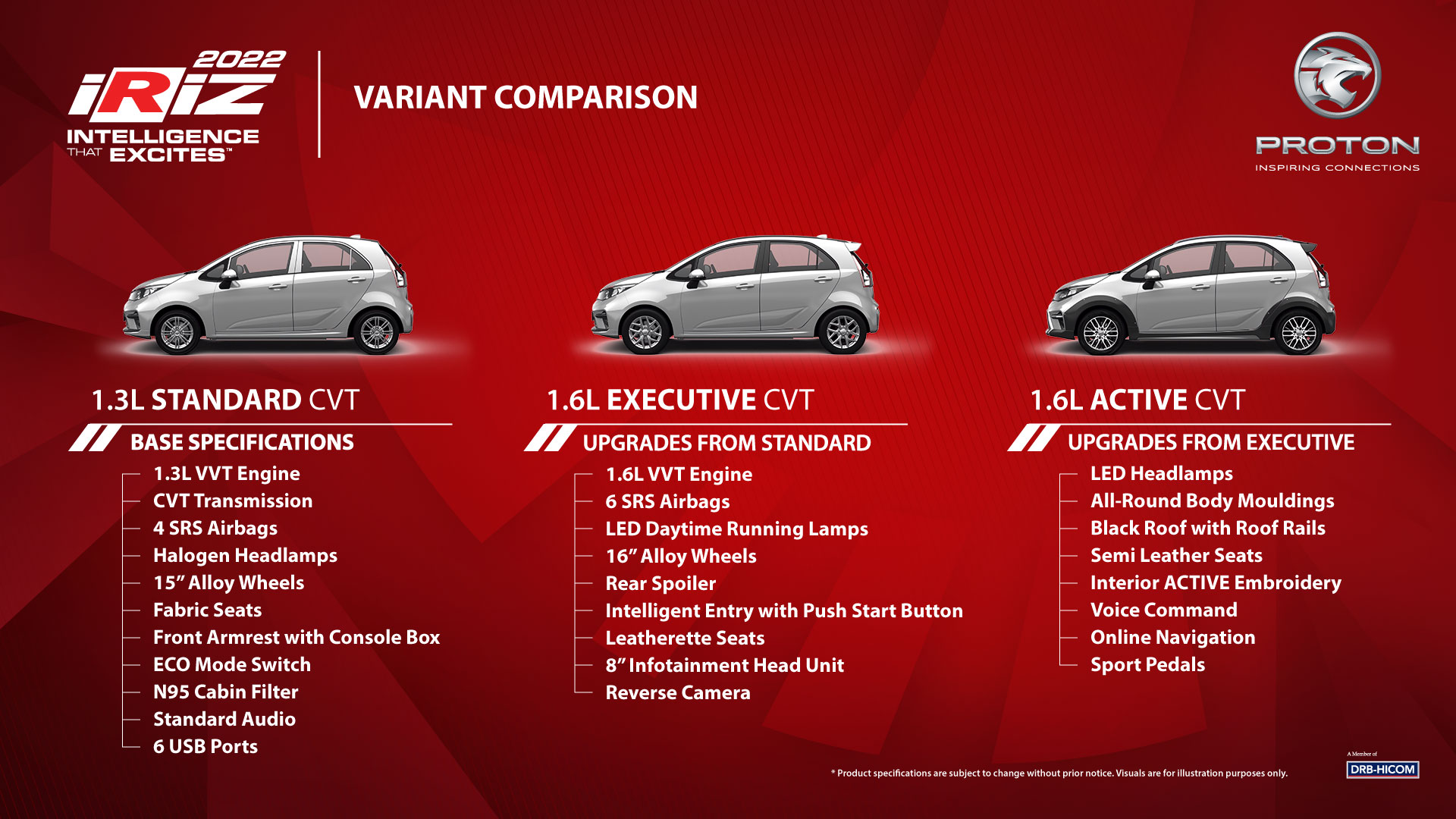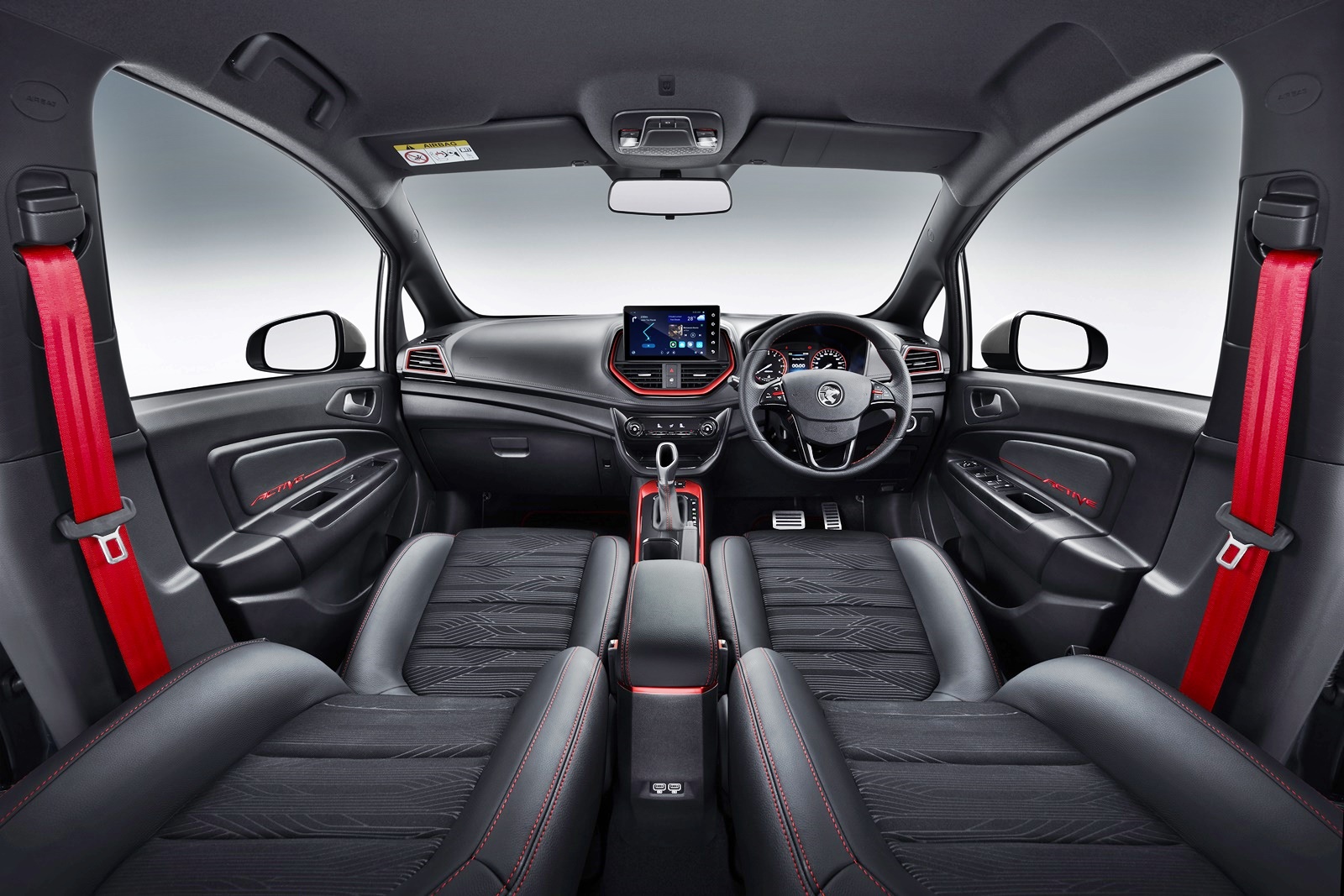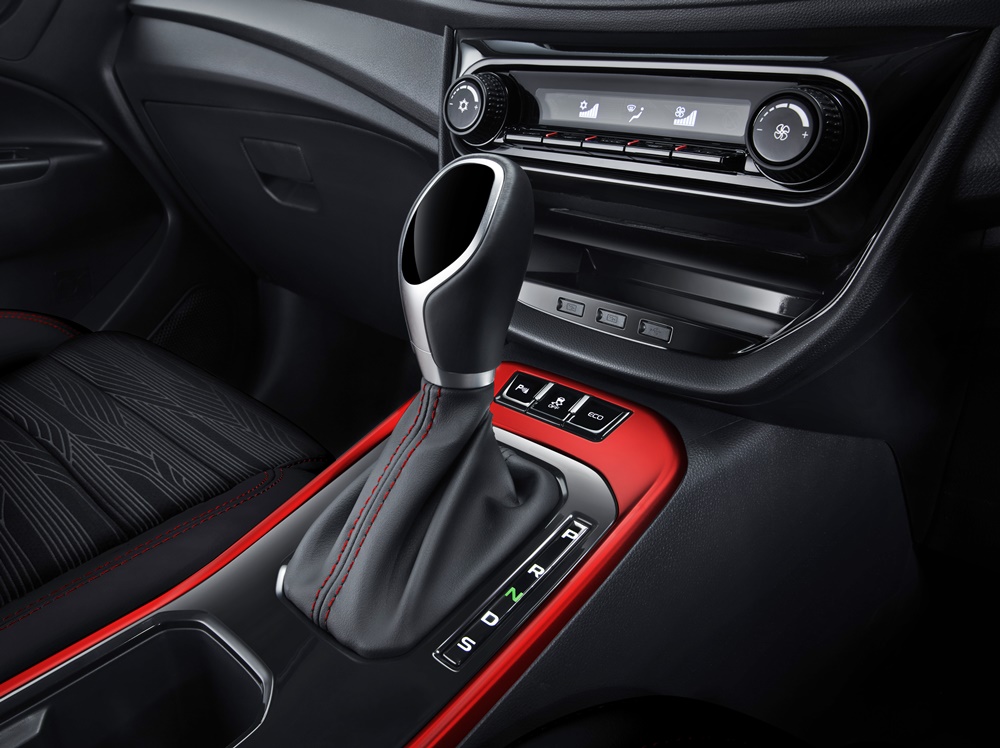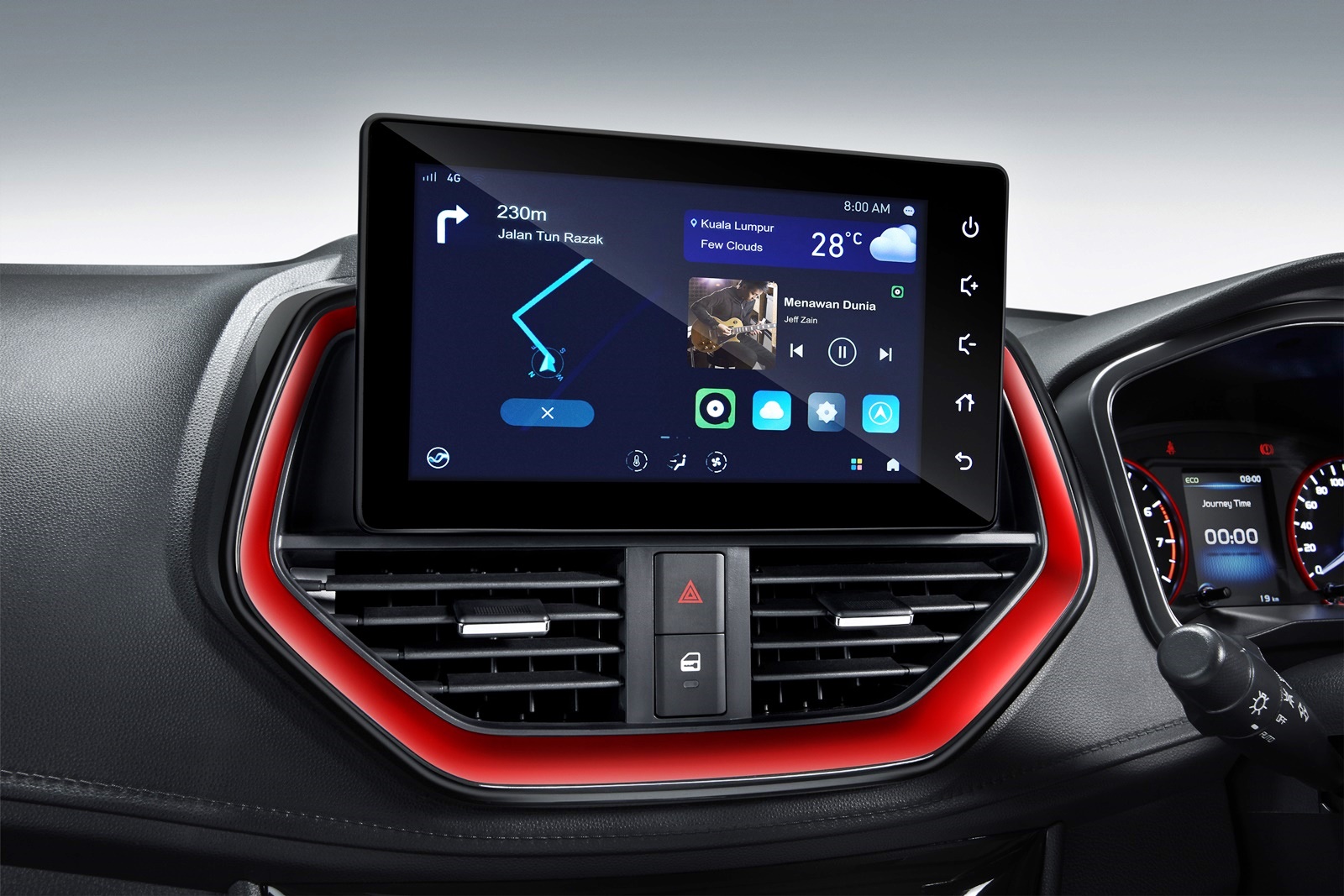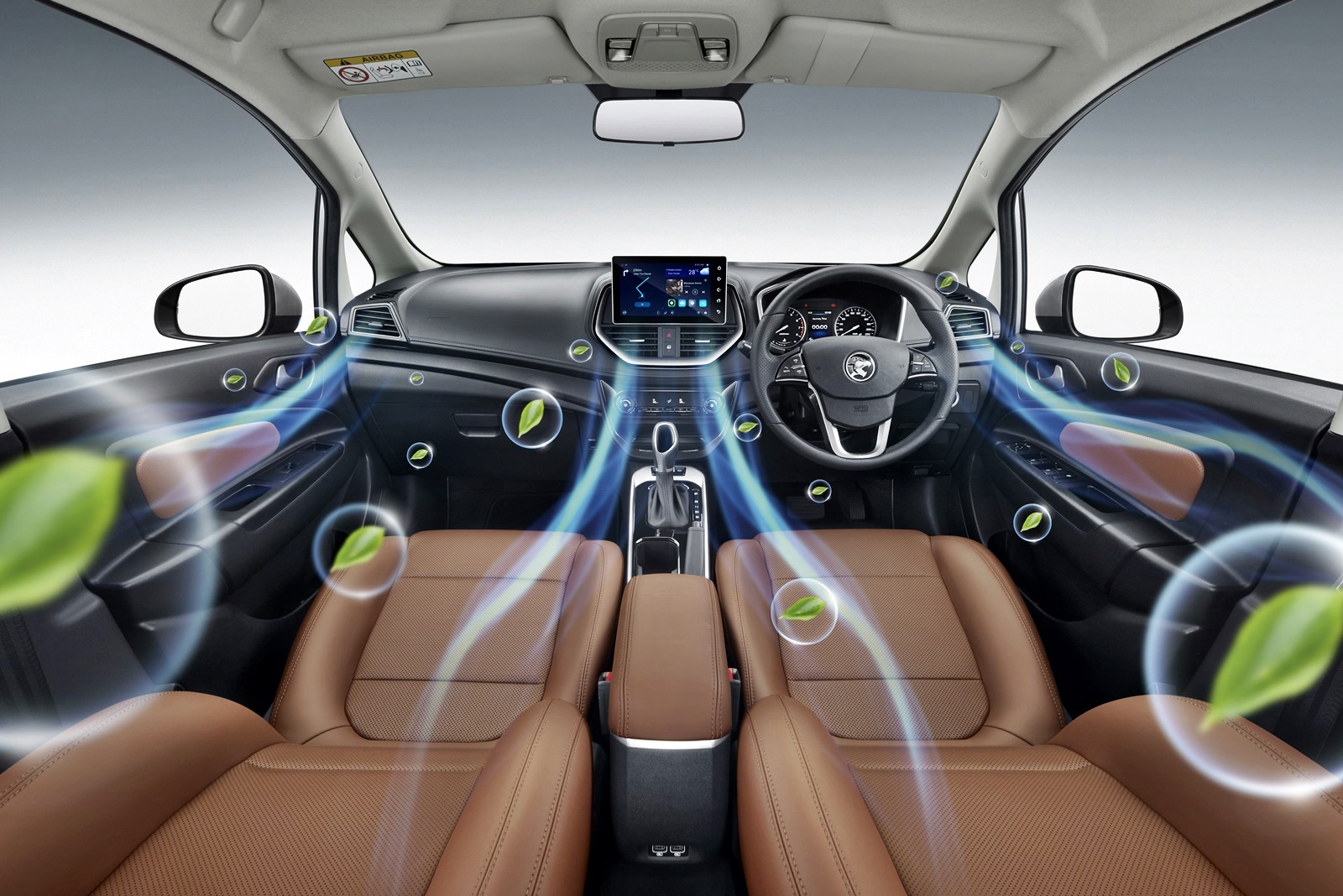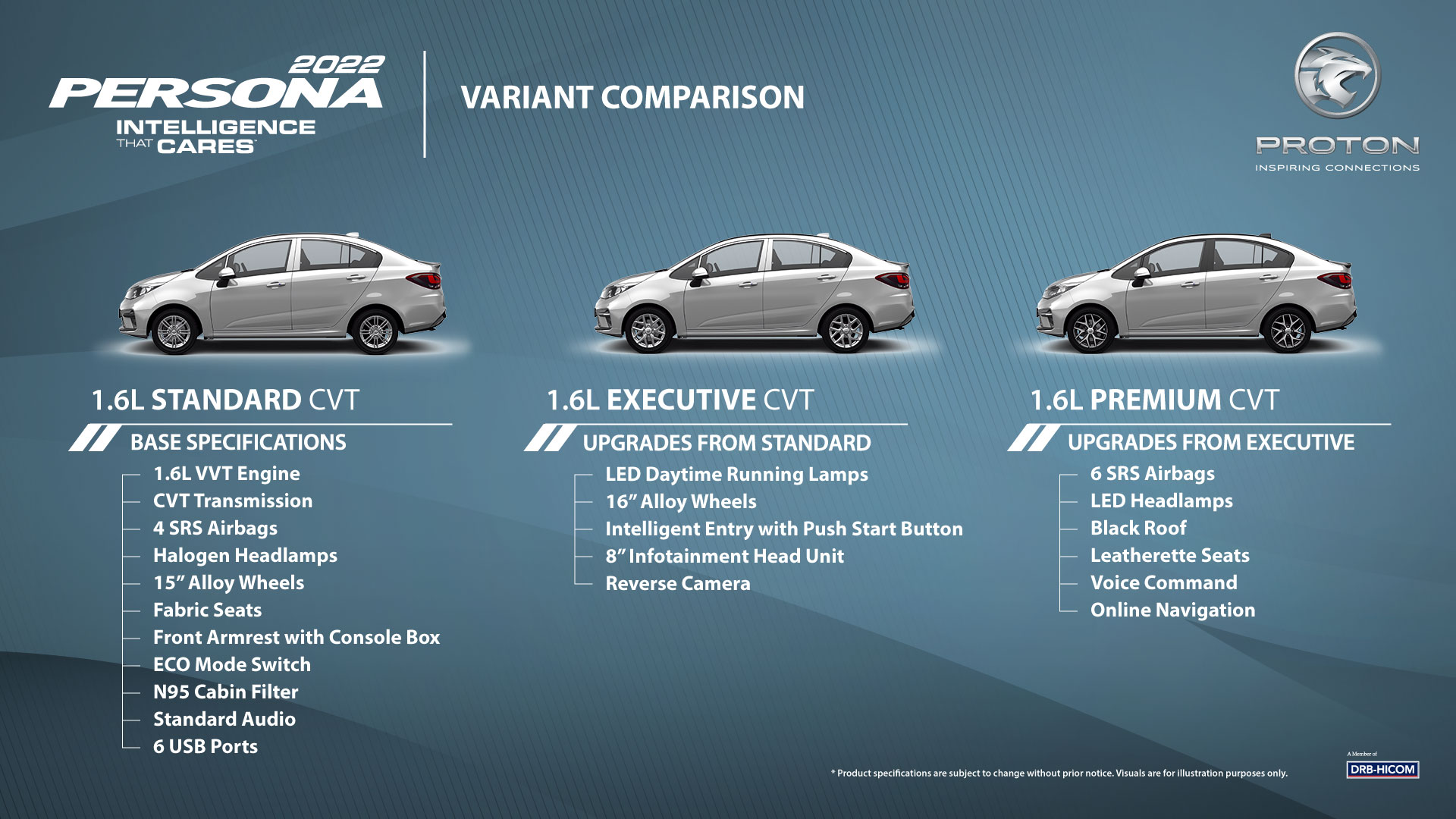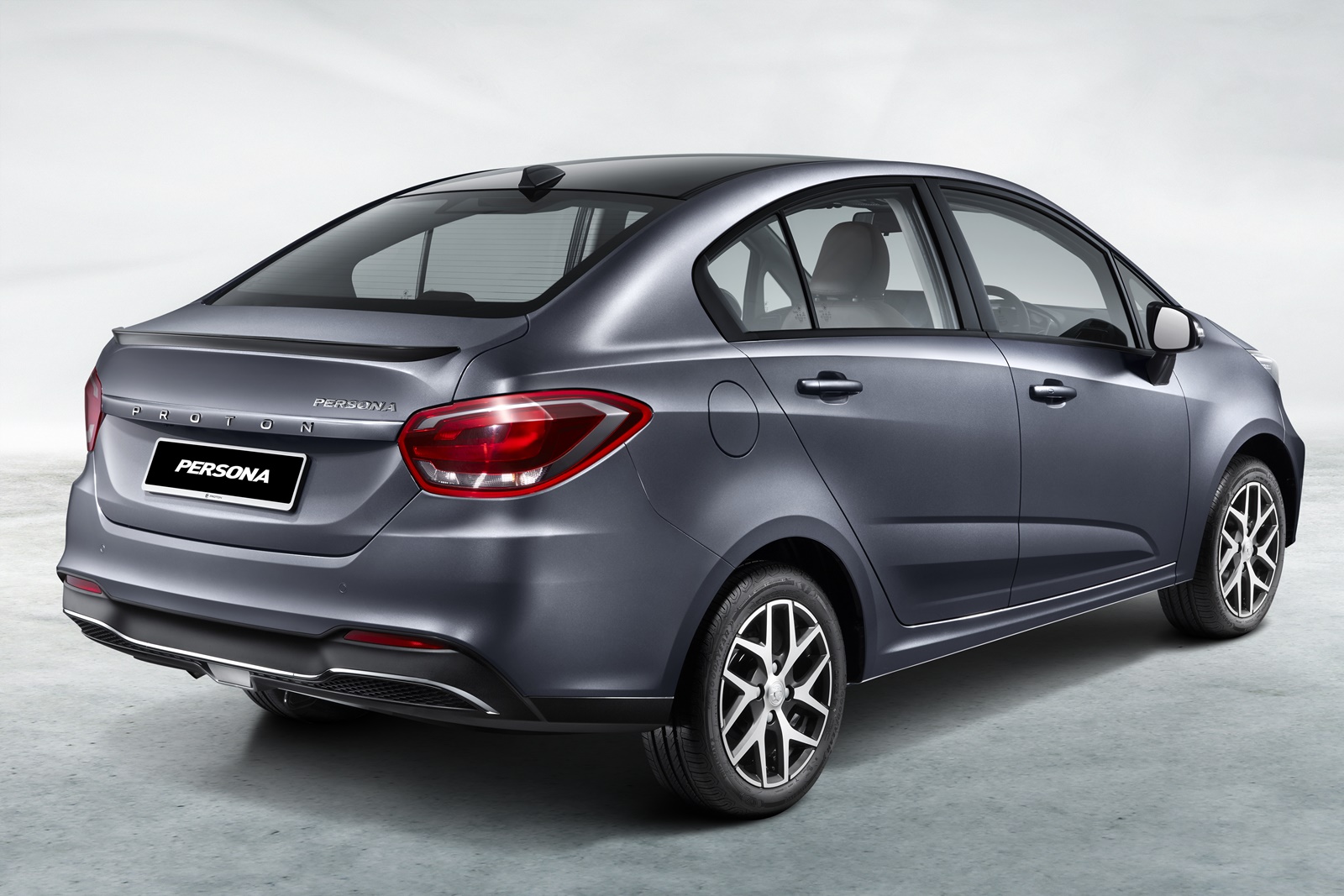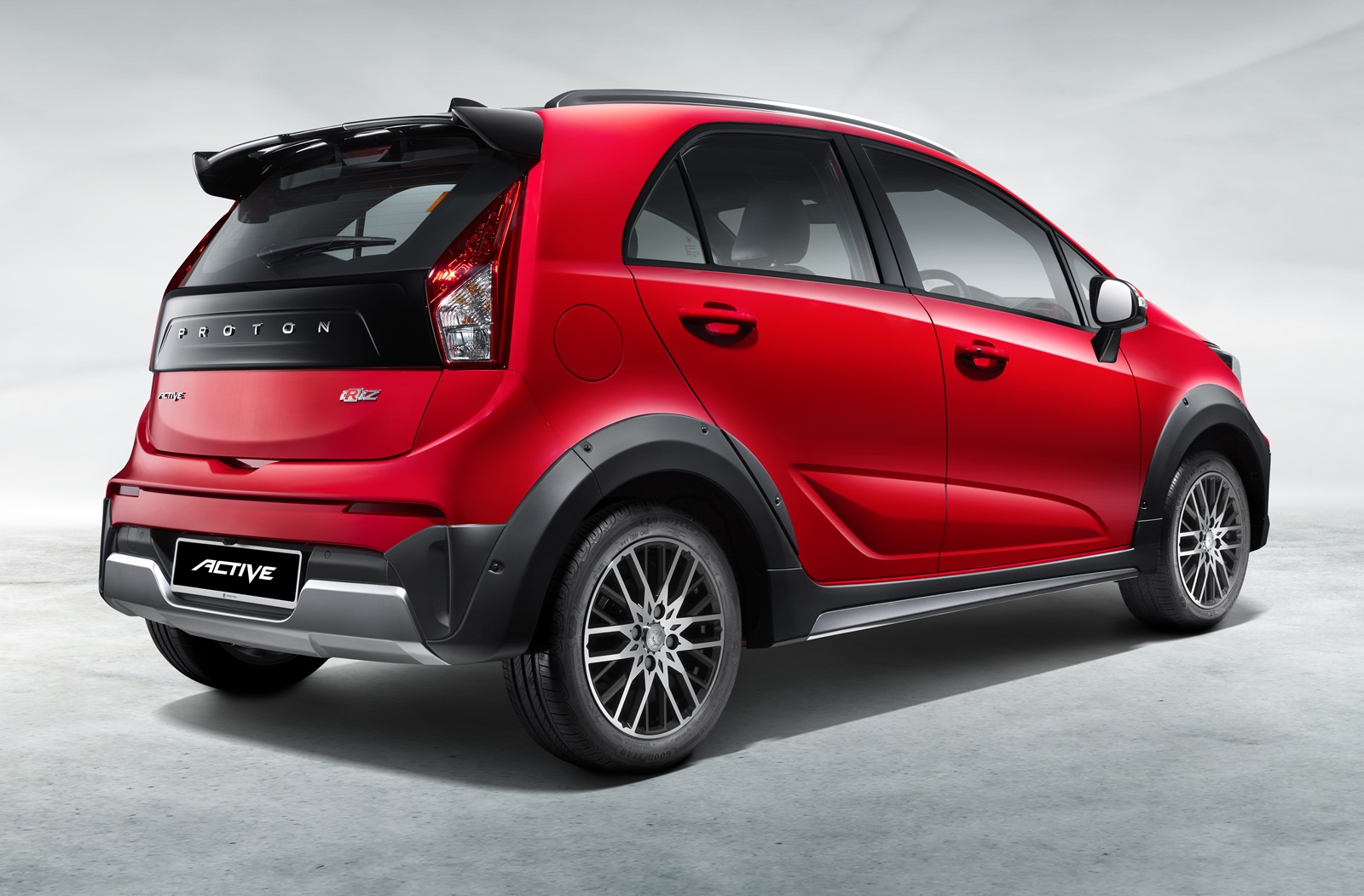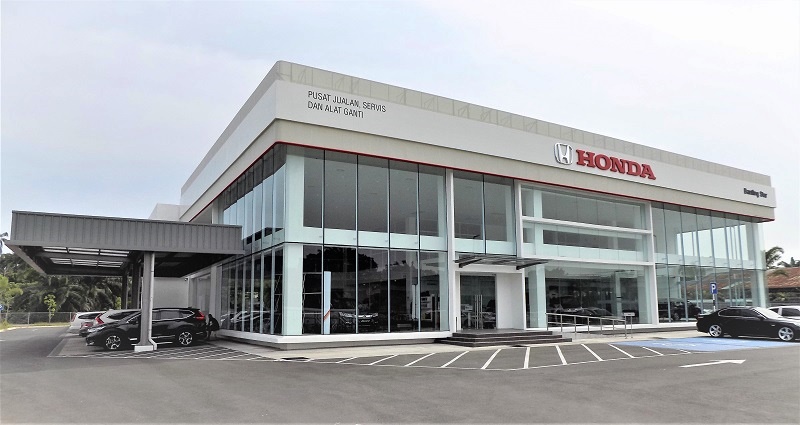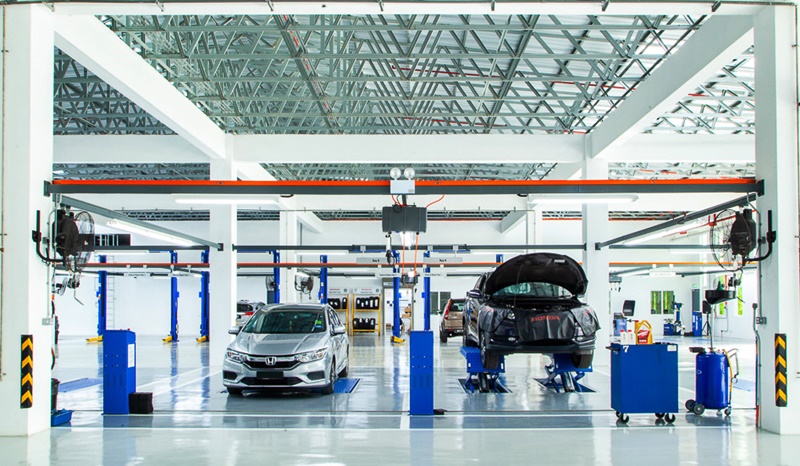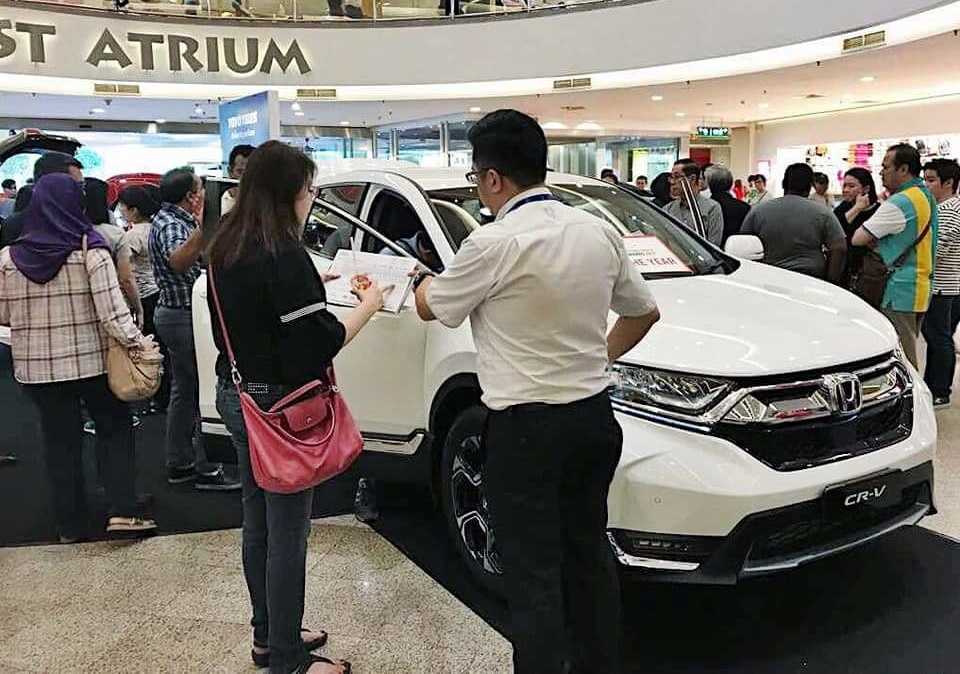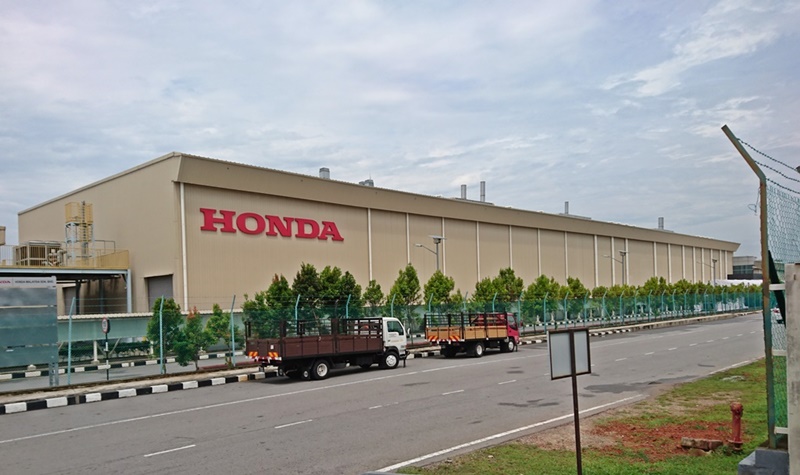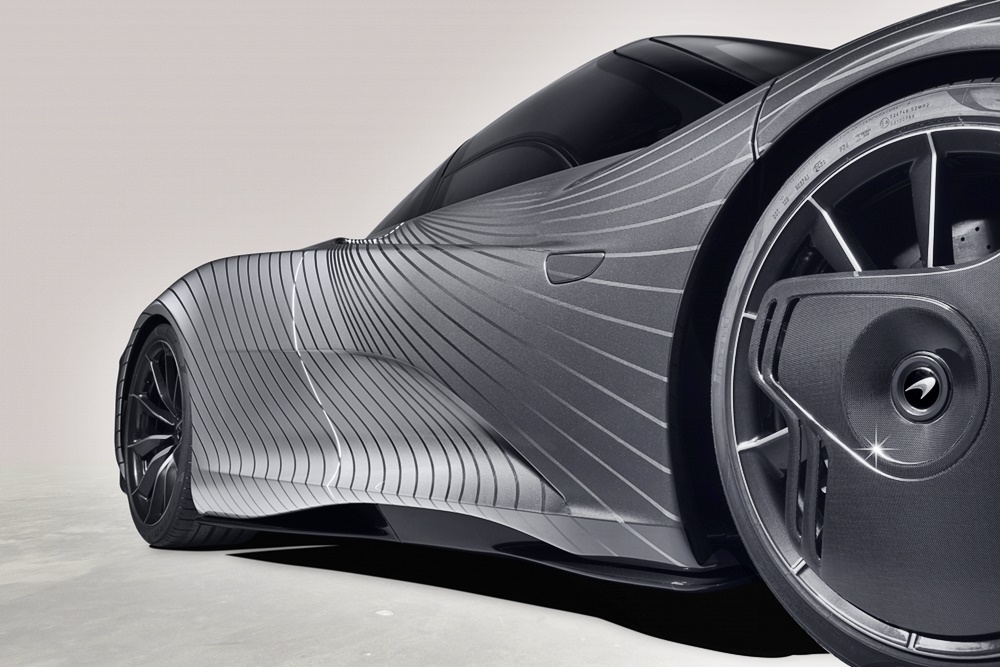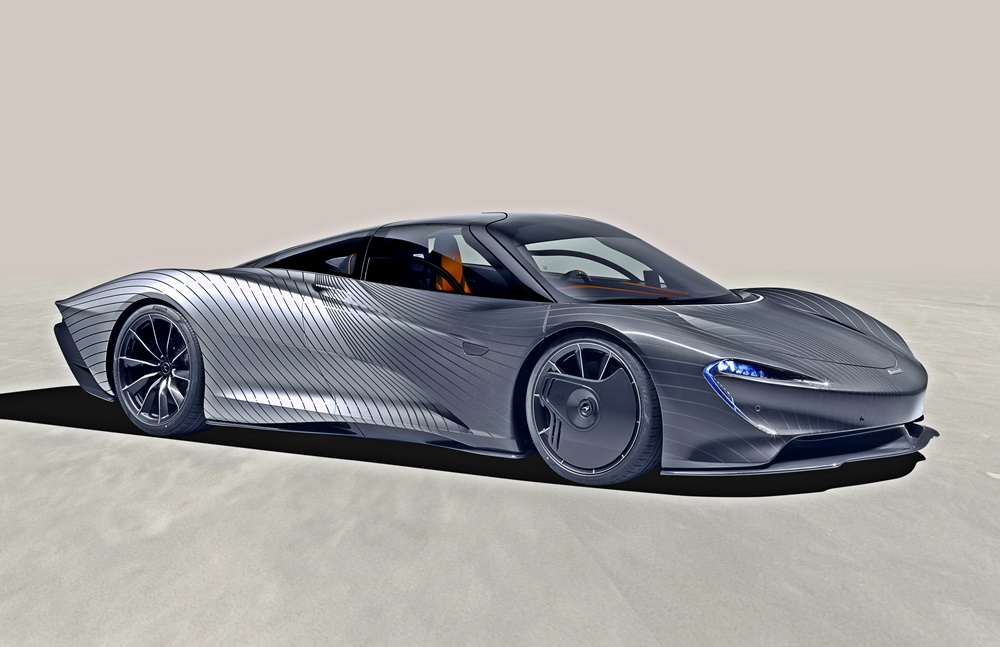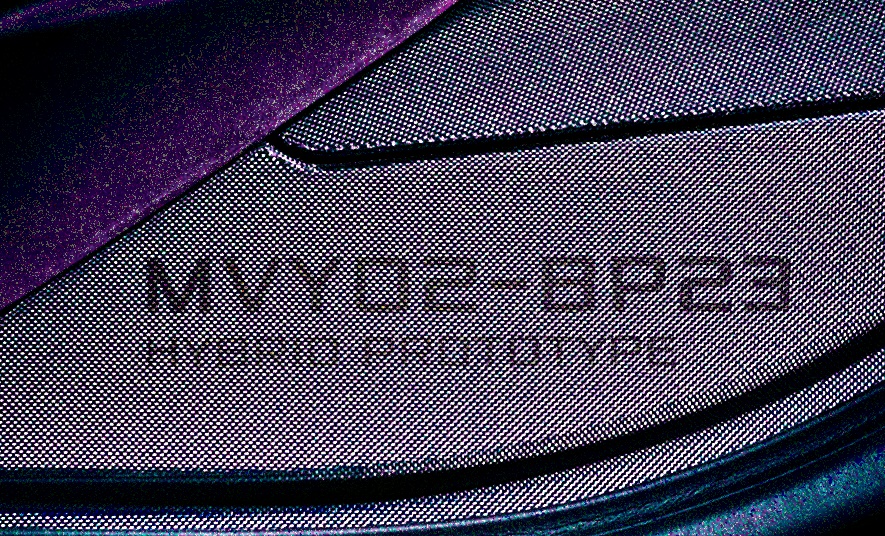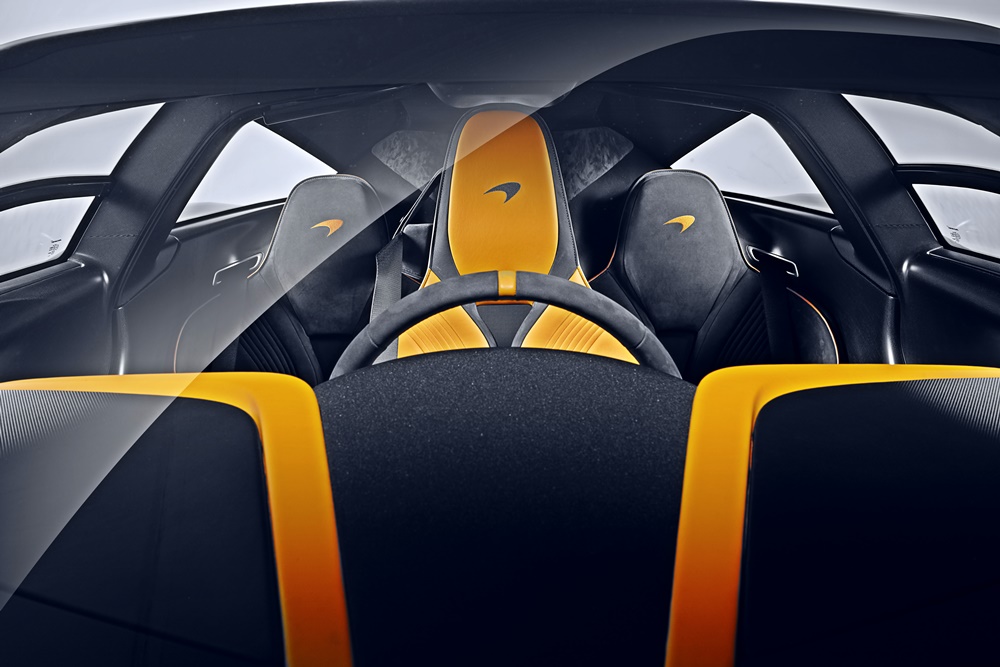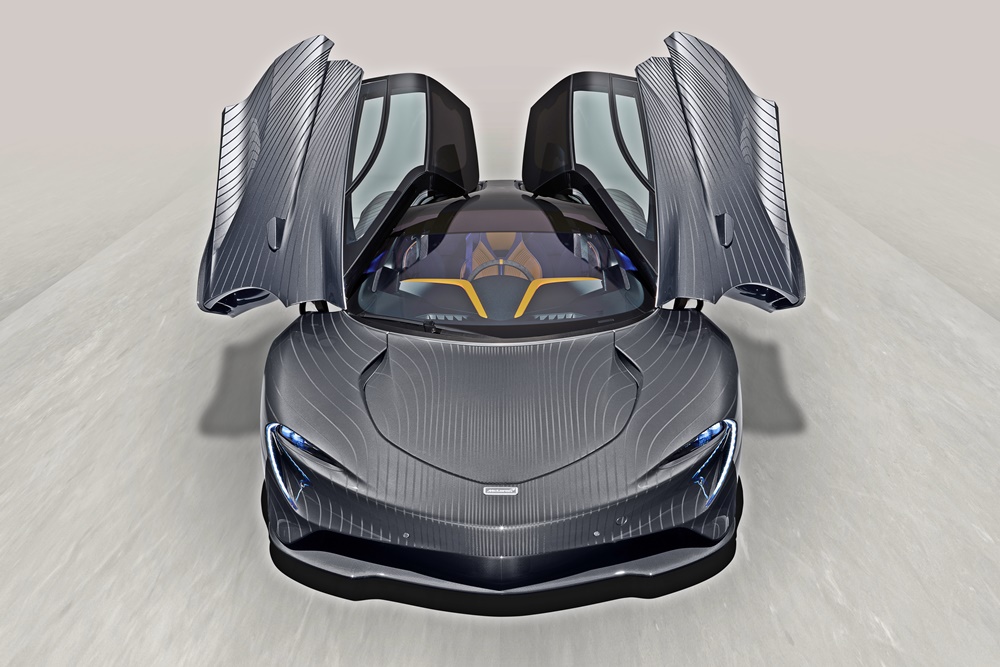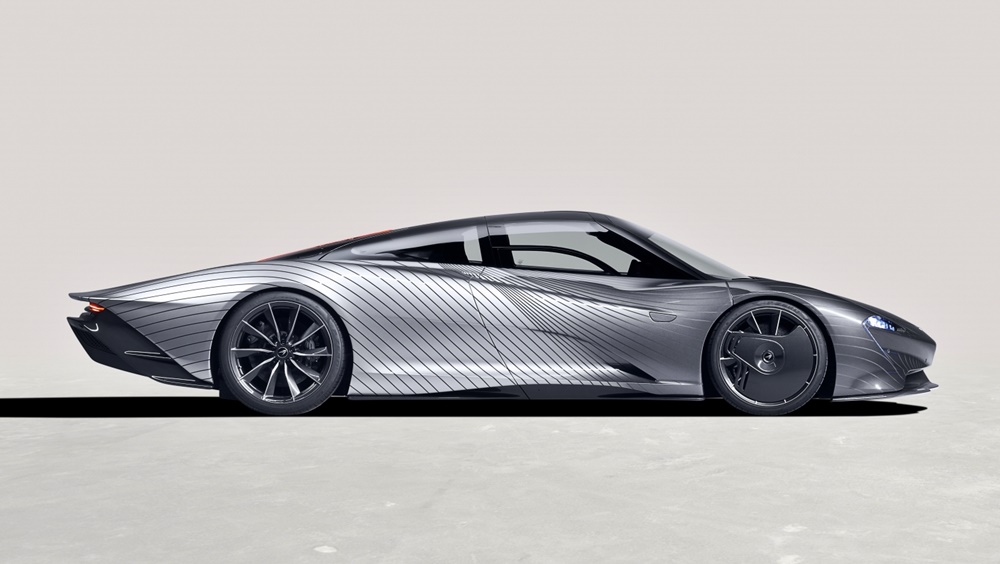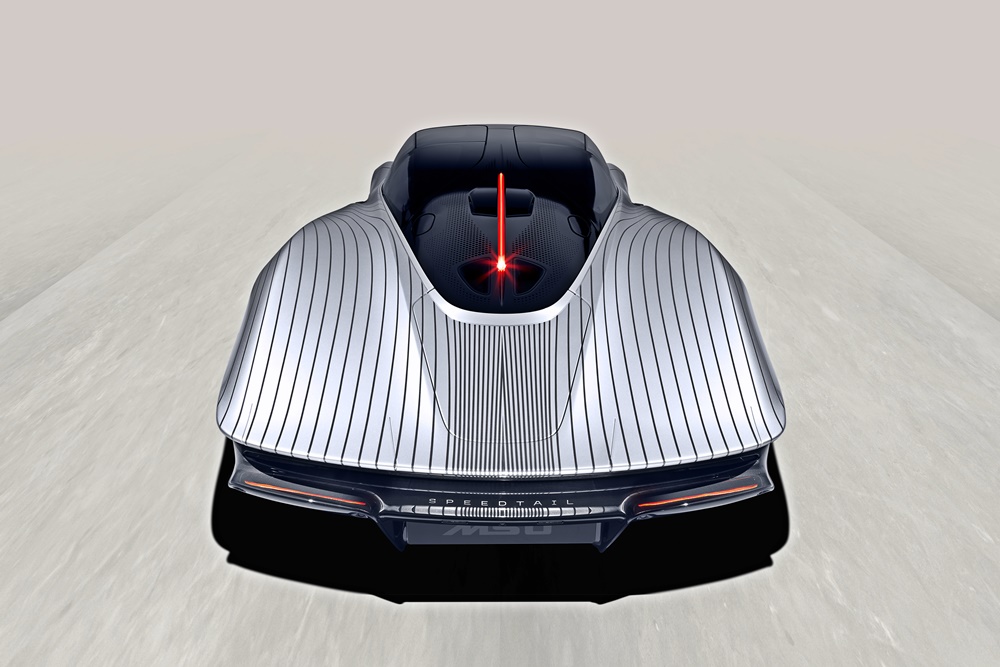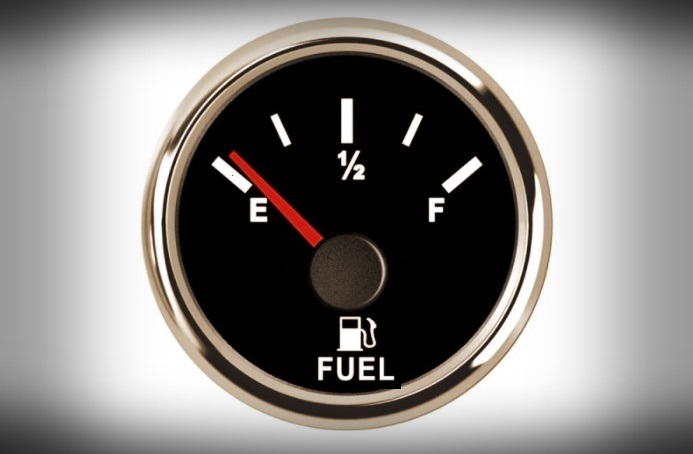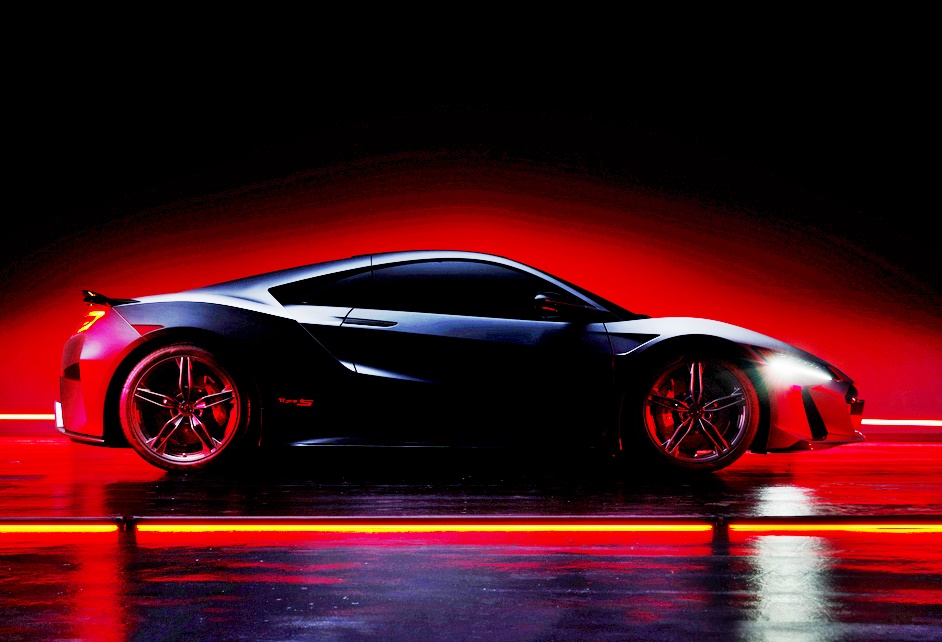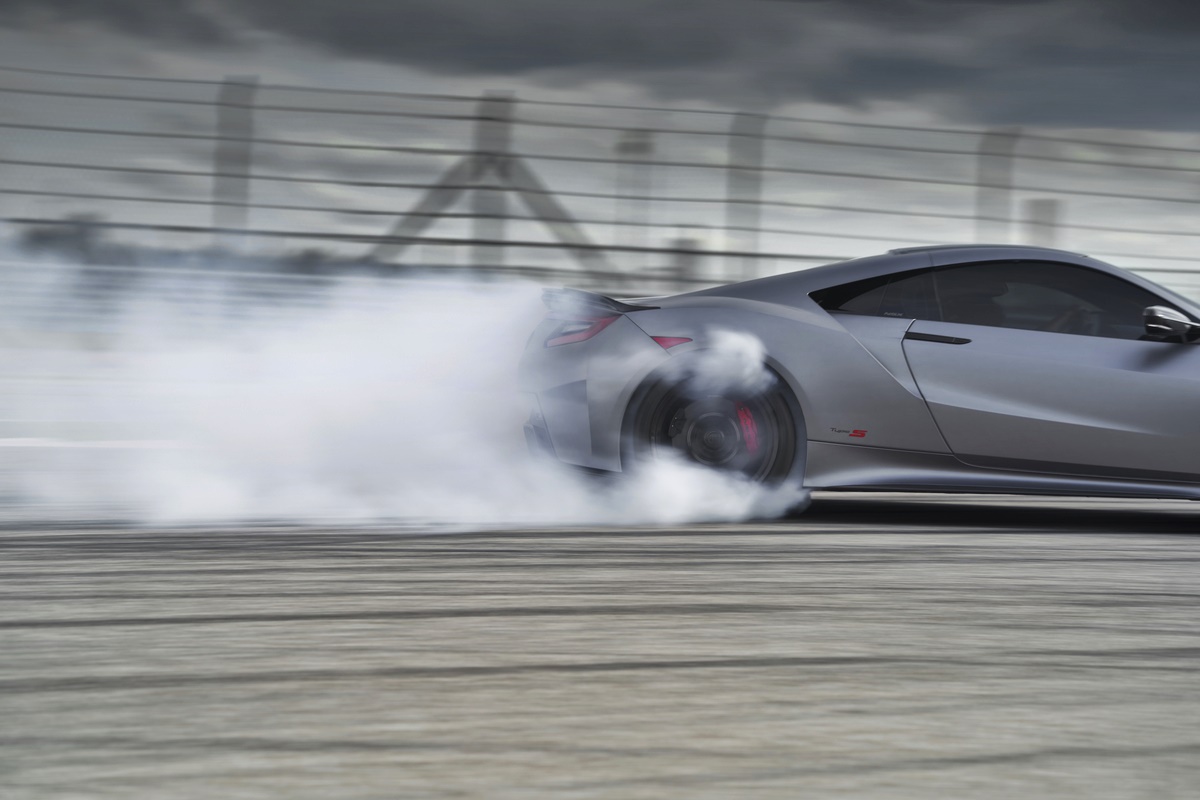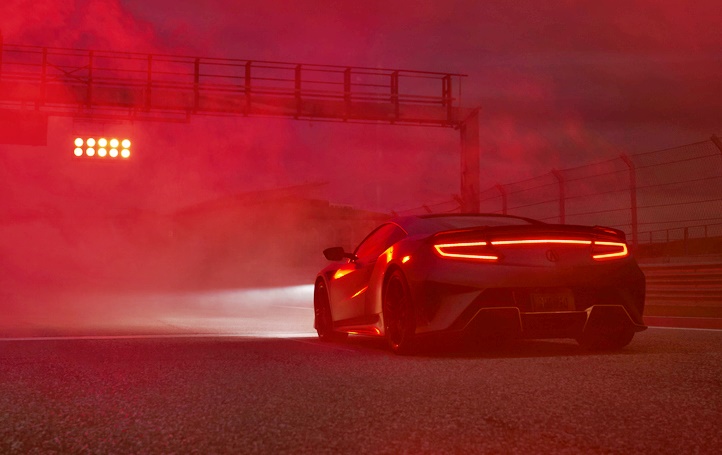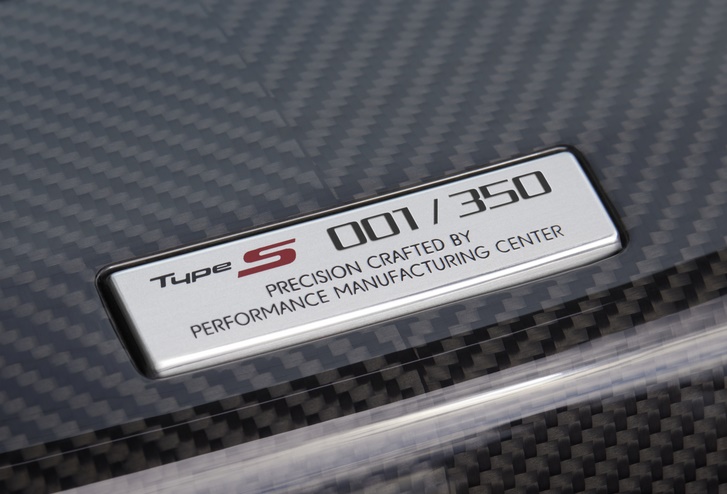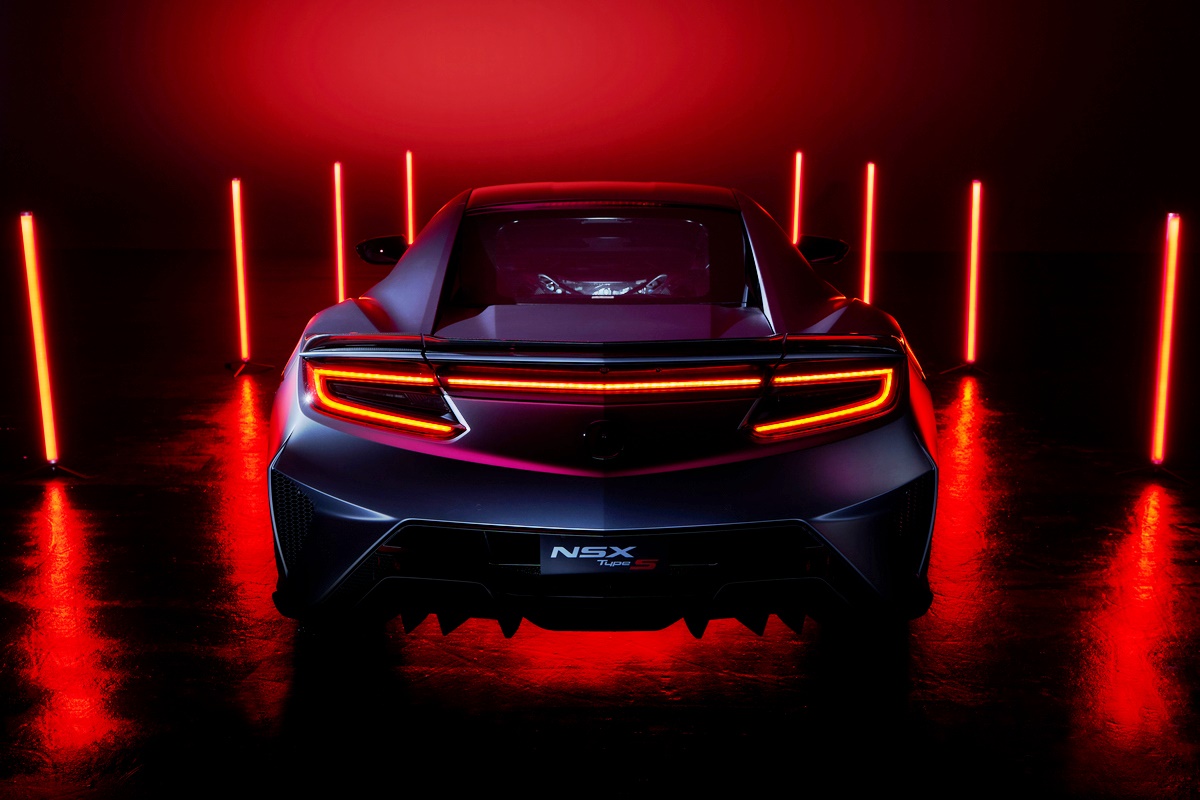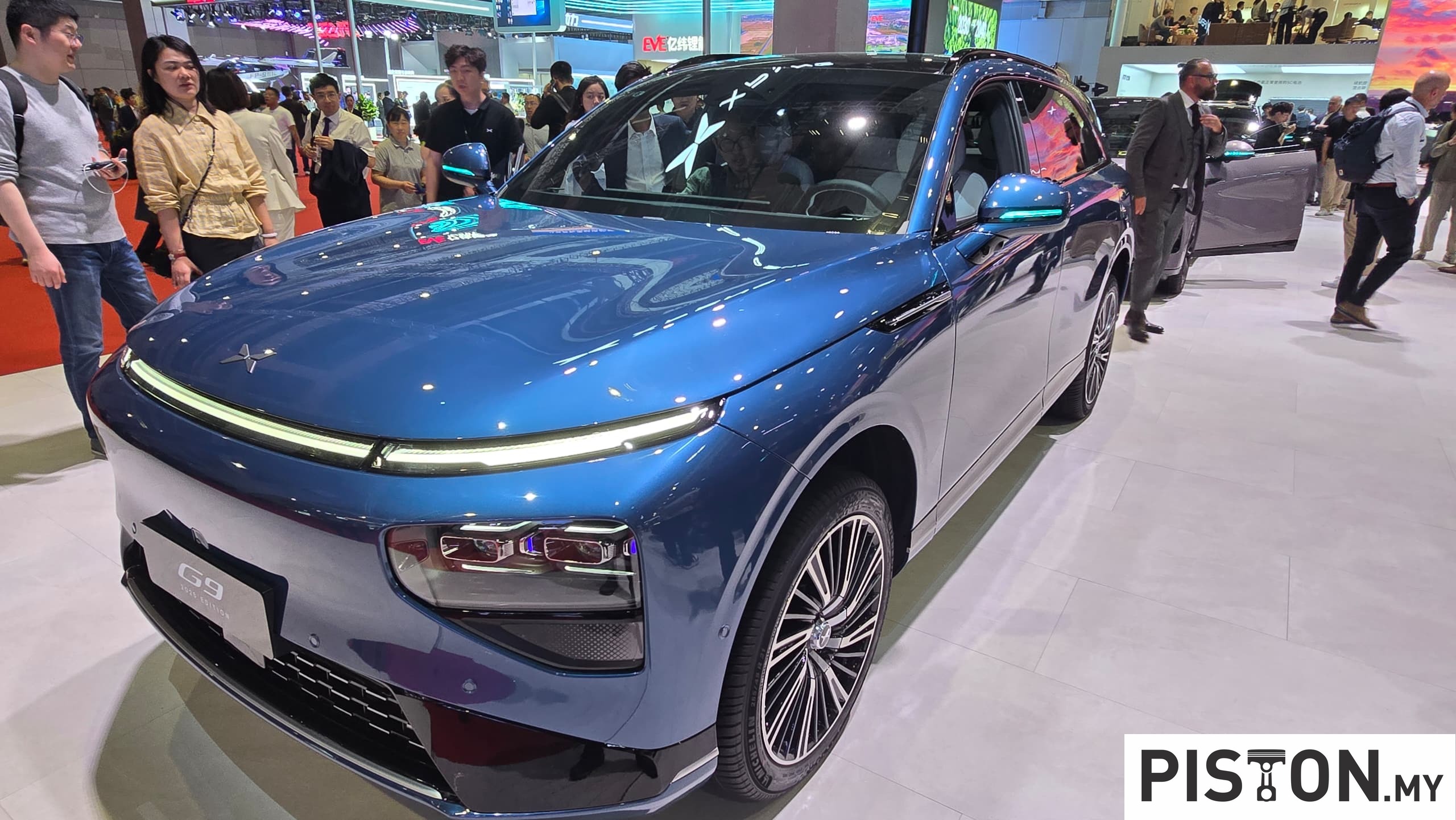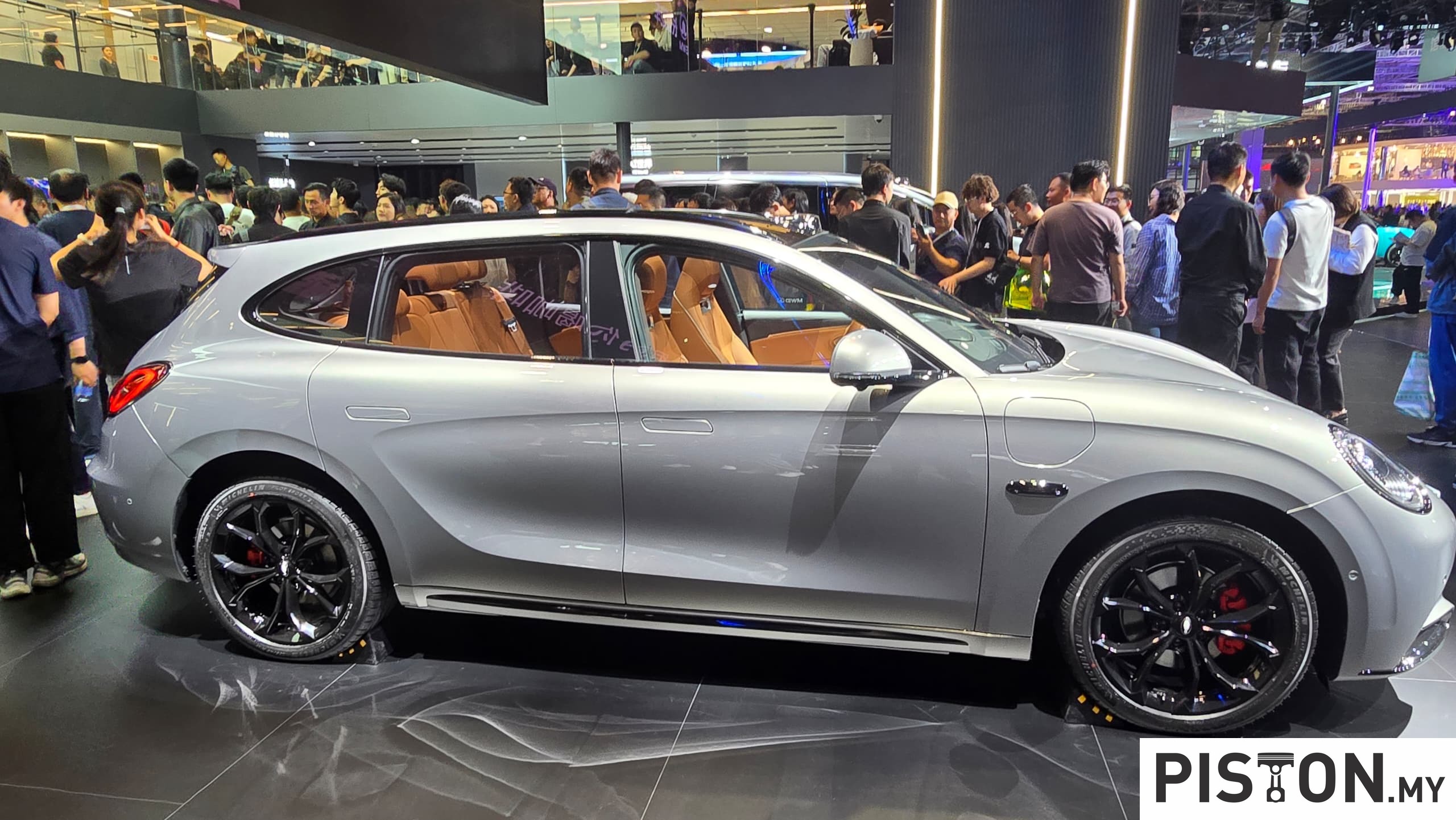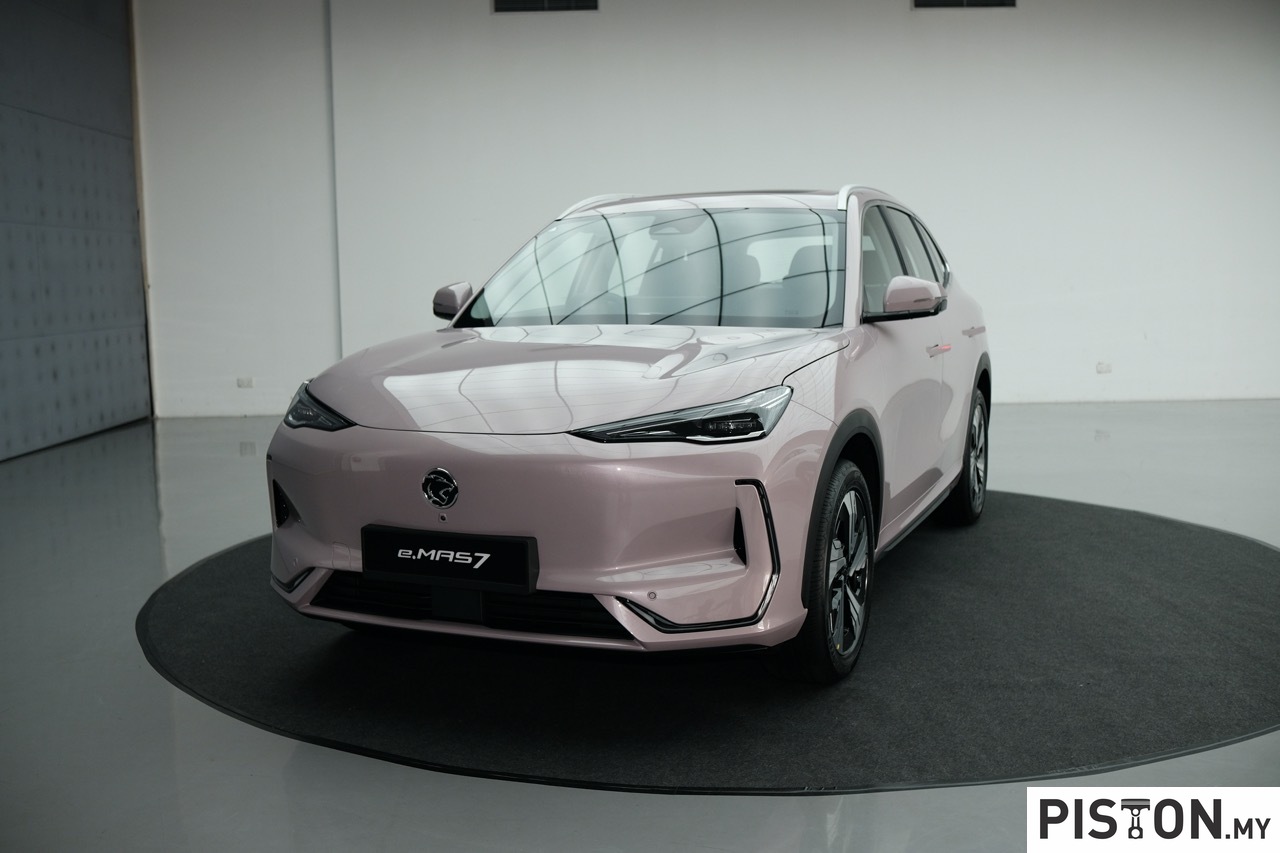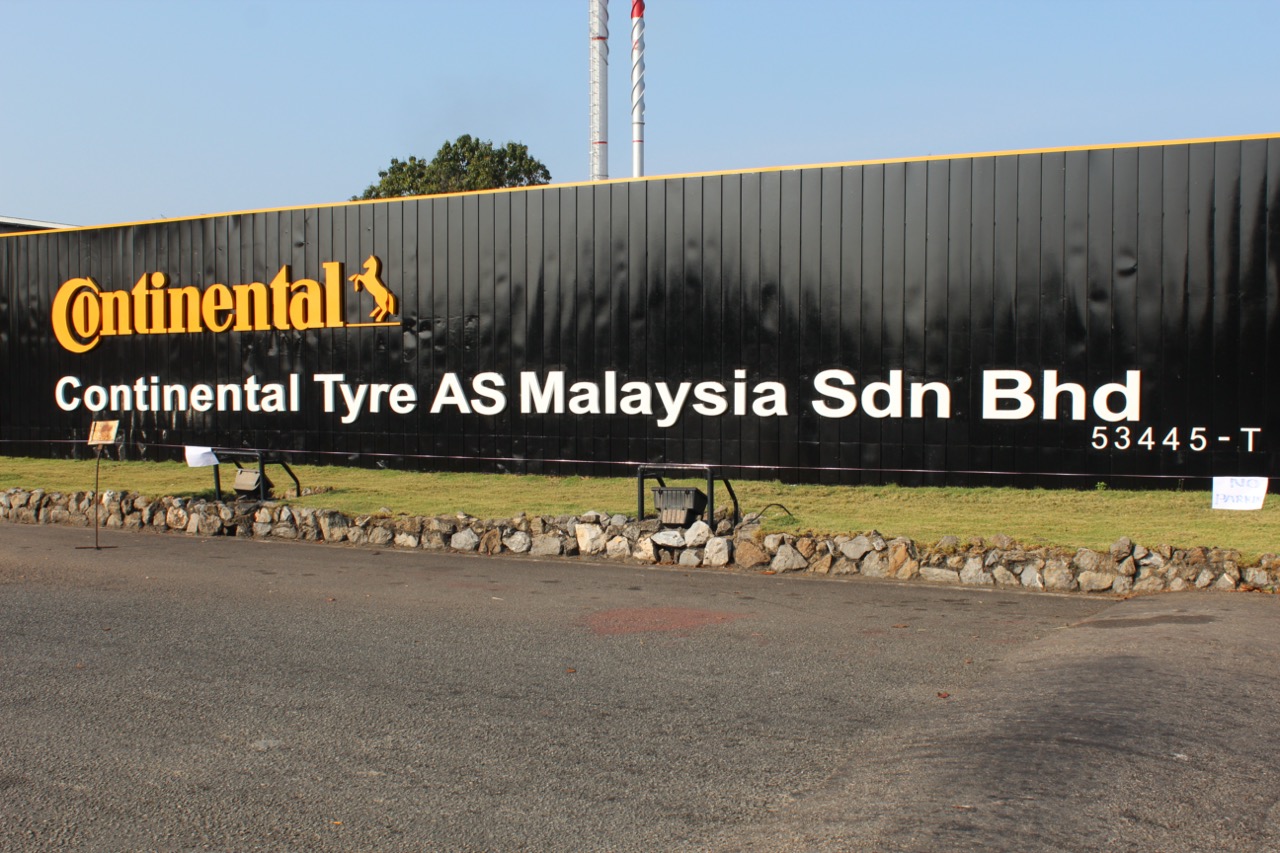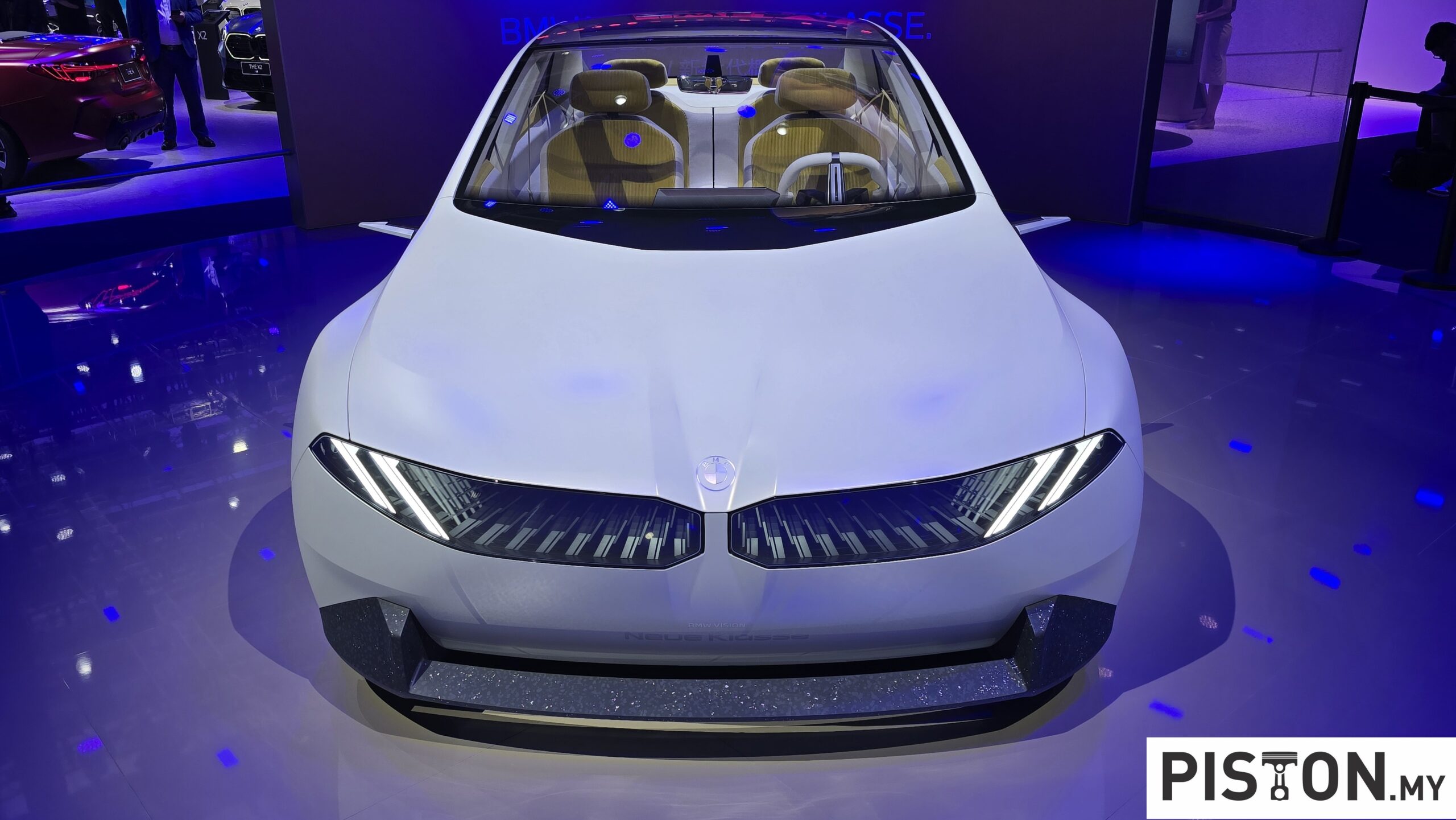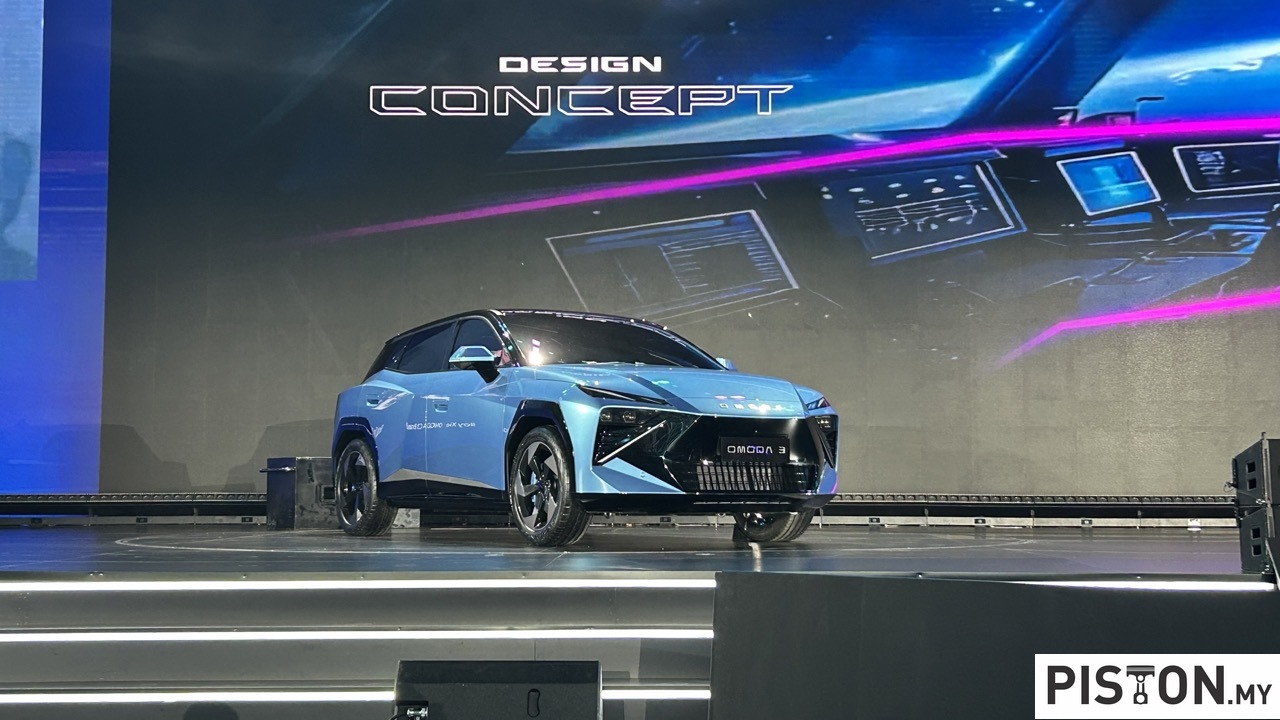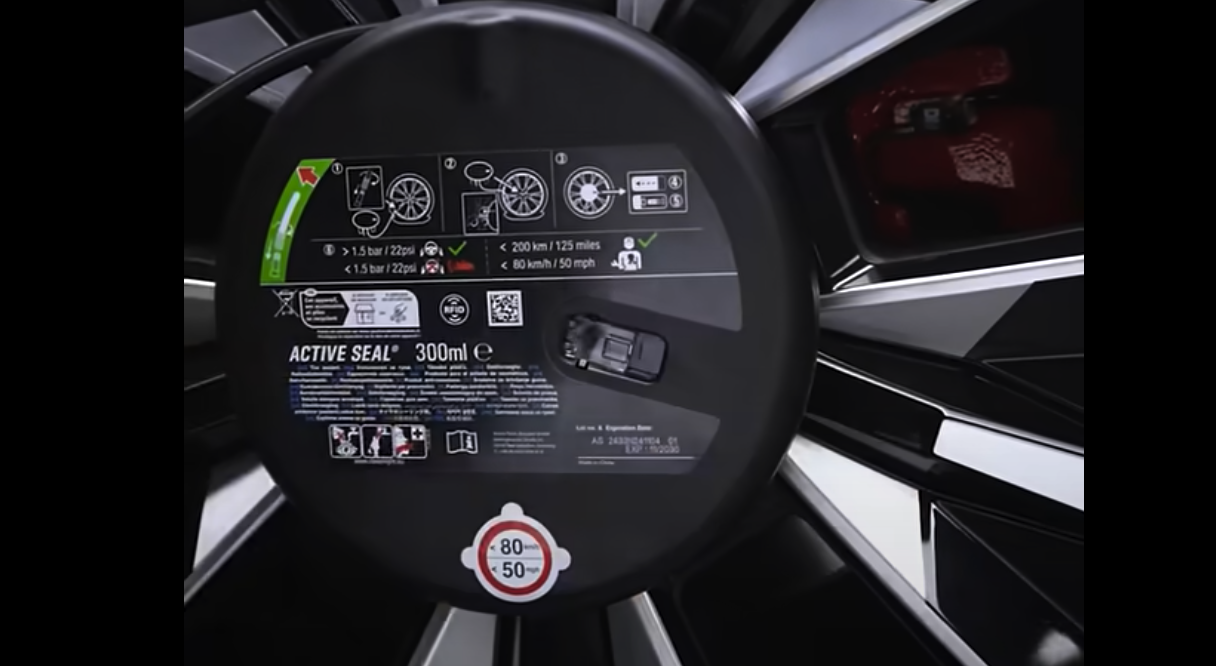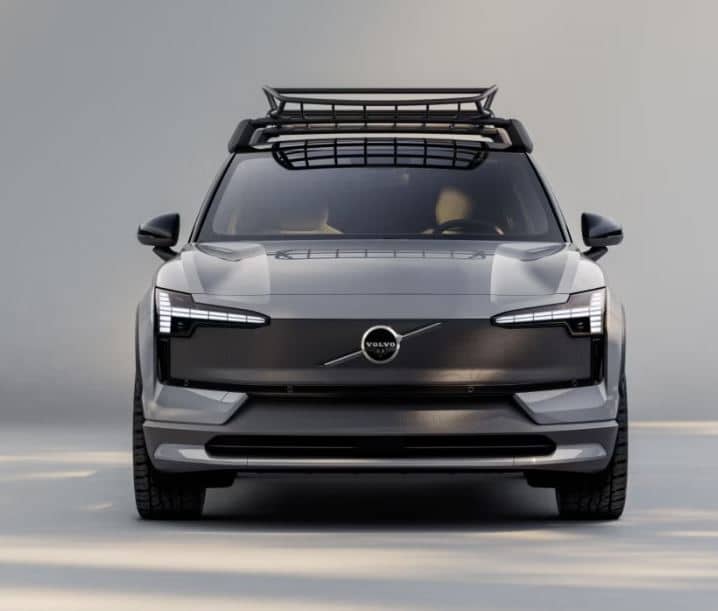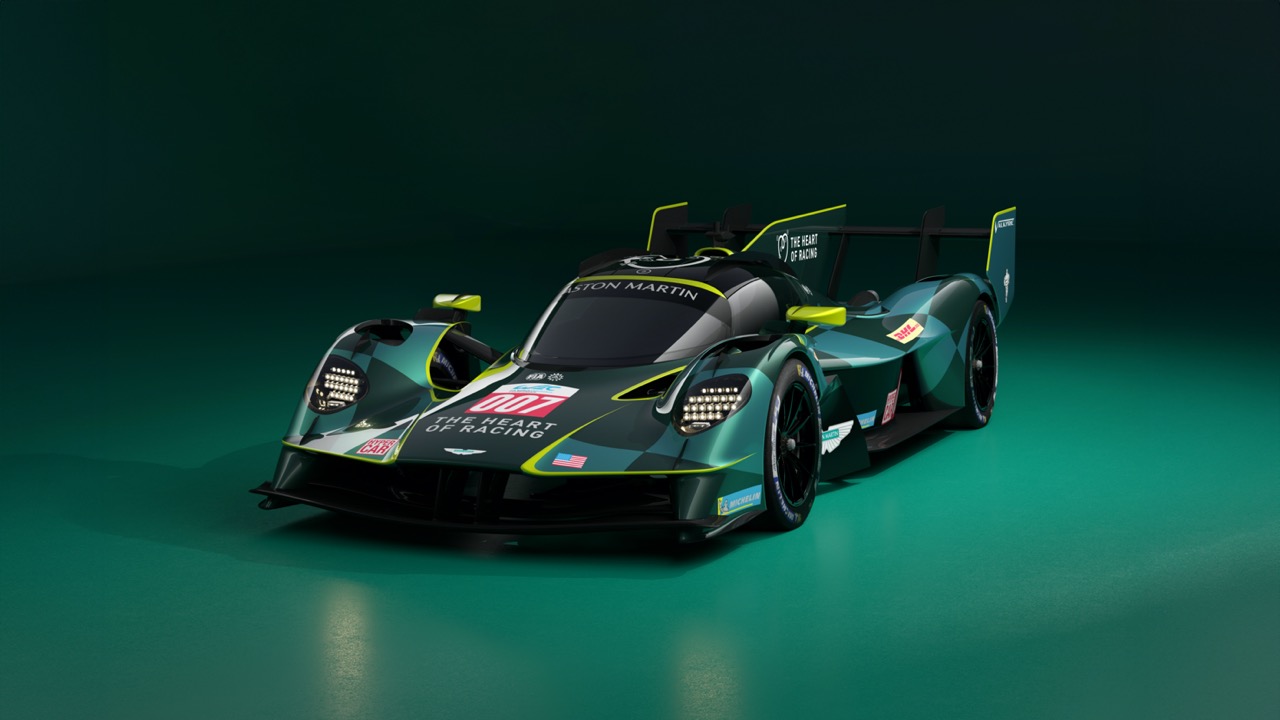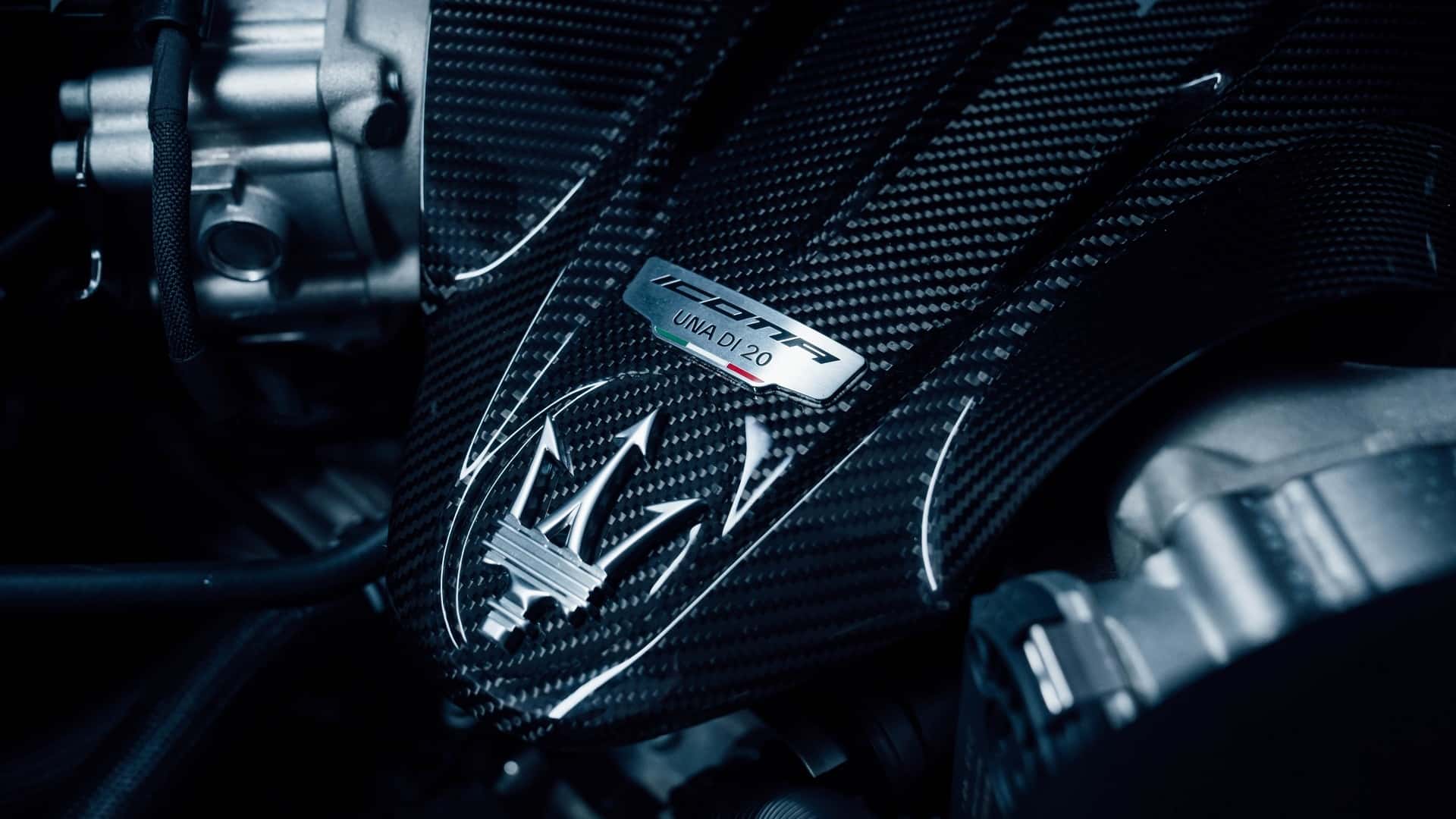Belgium will become the 35th country to host a round of the World Rally Championship (WRC) when the 2021 Ypres Rally Belgium is run. This should have happened last year but the event was cancelled due to the COVID-19 pandemic. It is the 8th round of the 2021 WRC and will take place next week (August 13 – 15).
Rally started in 1965
The Ypres Rally is not new and was in fact first run in 1965, 8 years before today’s WRC began. The event started one year after the town’s historic Market Square was chosen as a location for a time control during a Rallye Monte-Carlo concentration run. Since then, it has grown in stature, being a round of the European Rally Championship.
It is an asphalt rally and driving precision is a vital ingredient for a success. The farmland roads around Ypres are narrow and twisty, with many tight junctions. Brake too late or push too hard and a diversion into one of the many drainage ditches is often the result.
Corner ‘cutting’ is also commonplace, which results in mud and other debris being dragged onto the road. In the event of rain – a constant menace – an extremely slippery surface is created with the challenge multiplied on cobblestone sections.
New to most competitors
As well as being a new addition to the WRC calendar, Ypres Rally Belgium is new for many of the World Rally Car competitors. Only Thierry Neuville (who is from Belgium) and Craig Been have competed in Ypres before. Having won in 2018 and 2019 respectively, the Hyundai team-mates will be expected to set the pace when the 20-stage event begins.
“I’m really looking forward to Ypres. It hasn’t been in the WRC before but it’s a really legendary event that everybody in rallying knows about. In the test, we could already see that the conditions are tricky. Normally, the drivers are taking really big cuts and there is a lot of mud and dirt on the road, so the conditions can be really demanding and changeable,” said Kalle Rovanpera, winner of the last round in Estonia. “One of the key points going there for the first time will be to know where the grip is and to see how we can include that information in our pacenotes.”
Current WRC positions
The current positions in the WRC have TOYOTA GAZOO Racing’s Sebastien Ogier topping the chart. Having won 4 of the 7 rounds this year, the Frenchman has a 37-point over team-mate Elfyn Evans, with Neuville 15 points further back. Ogier is set to benefit from running at the front on the first pass through Friday’s sealed-surface stages, which are expected to be in a clean state.
With the WRC2 championship top five either not competing in Ypres or not eligible for points, several rivals have the opportunity to make up lost ground in the title chase. They include Nikolay Gryazin, who was a competitor in the ERC Junior Championship when he made his one and only Ypres start to date in 2016, plus Jari Huttunen and Oliver Solberg. The Nordic pair will be giving the Hyundai i20 N Rally2 its competition debut.
In WRC3, which has attracted 19 entries, Frenchman Yohan Rossel will be aiming to extend his lead at the top of the standings but faces strong opposition from a number of leading local drivers, many of whom have extensive Ypres knowledge. Among them are former Ypres winner Pieter Tsjoen, whose last WRC appearance was as a co-driver in Rallye Monte-Carlo in January, Belgian champion Adrian Fernémont and current Belgian championship leader Ghislain de Mevius.
The route
Located in the Flanders region of northwest Belgium, legs one and two follow ultra-compact routes north and south of Ypres respectively and comprise tight and twisty farmland roads lined by drainage ditches and telegraph poles. Following morning Shakedown, 8 stages – including the classic Kemmelberg complete with a cobblestone climb – are scheduled on Friday from early afternoon until late evening. Hollebeke, the rally’s longest stage at 25.86 kilometres, is run twice on Saturday August 14, while Dikkebus and Watou are among the Ypres favourites to also feature on day two.
The deciding leg on Sunday is all-new and located some 300 kms to the east with roads in and around the famous Circuit de Spa-Francorchamps, home of the Belgian F1 Grand Prix, providing the challenge. While they are more flowing in nature, they are not to be underestimated.
New Rally1 category with hybrid technology for World Rally Championship in 2022









